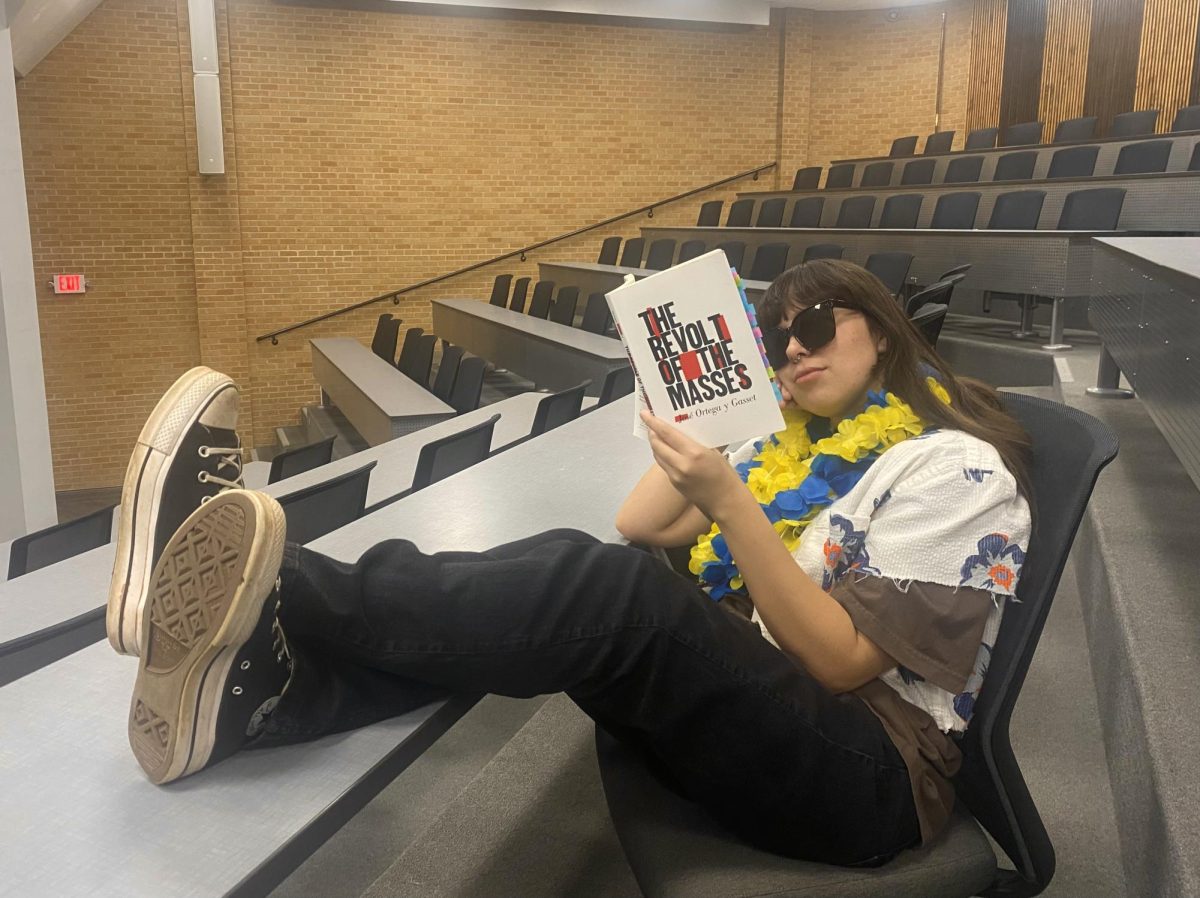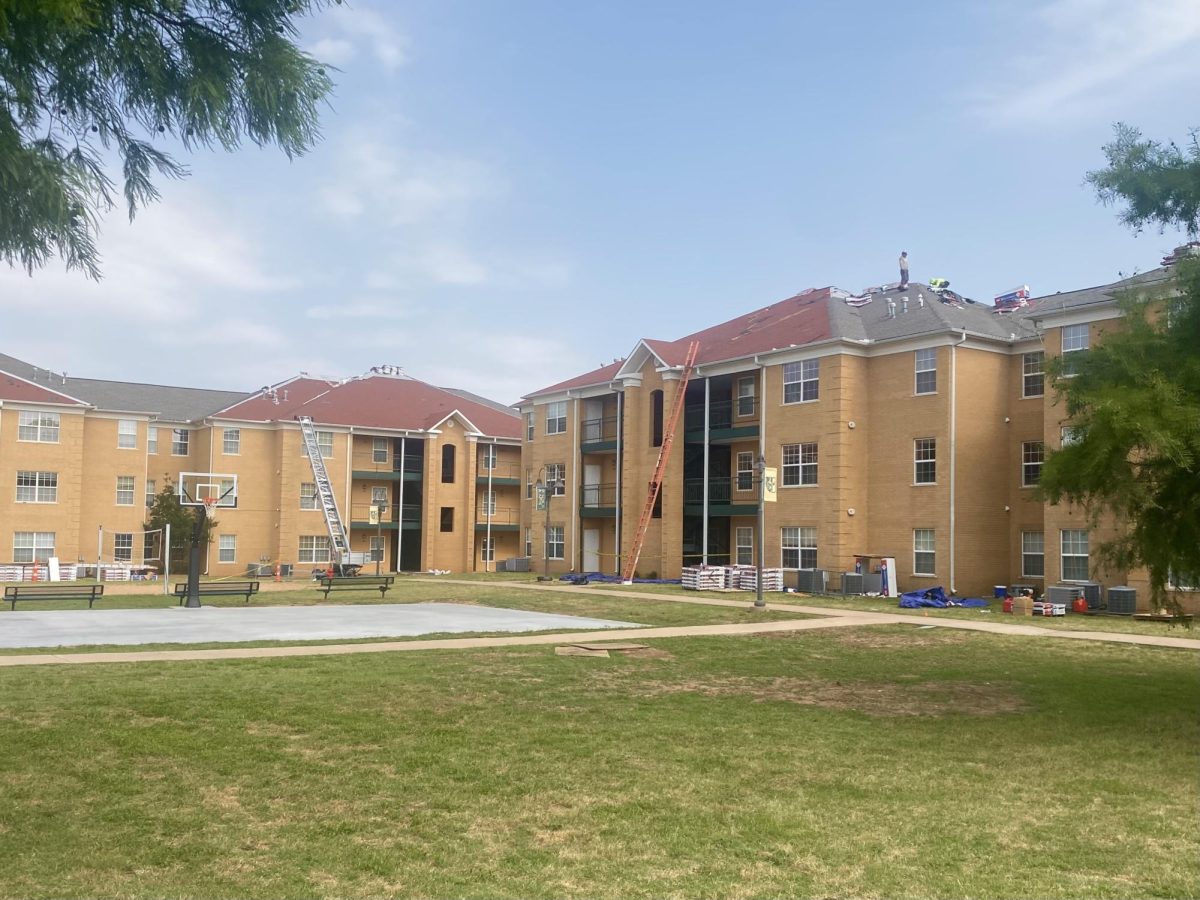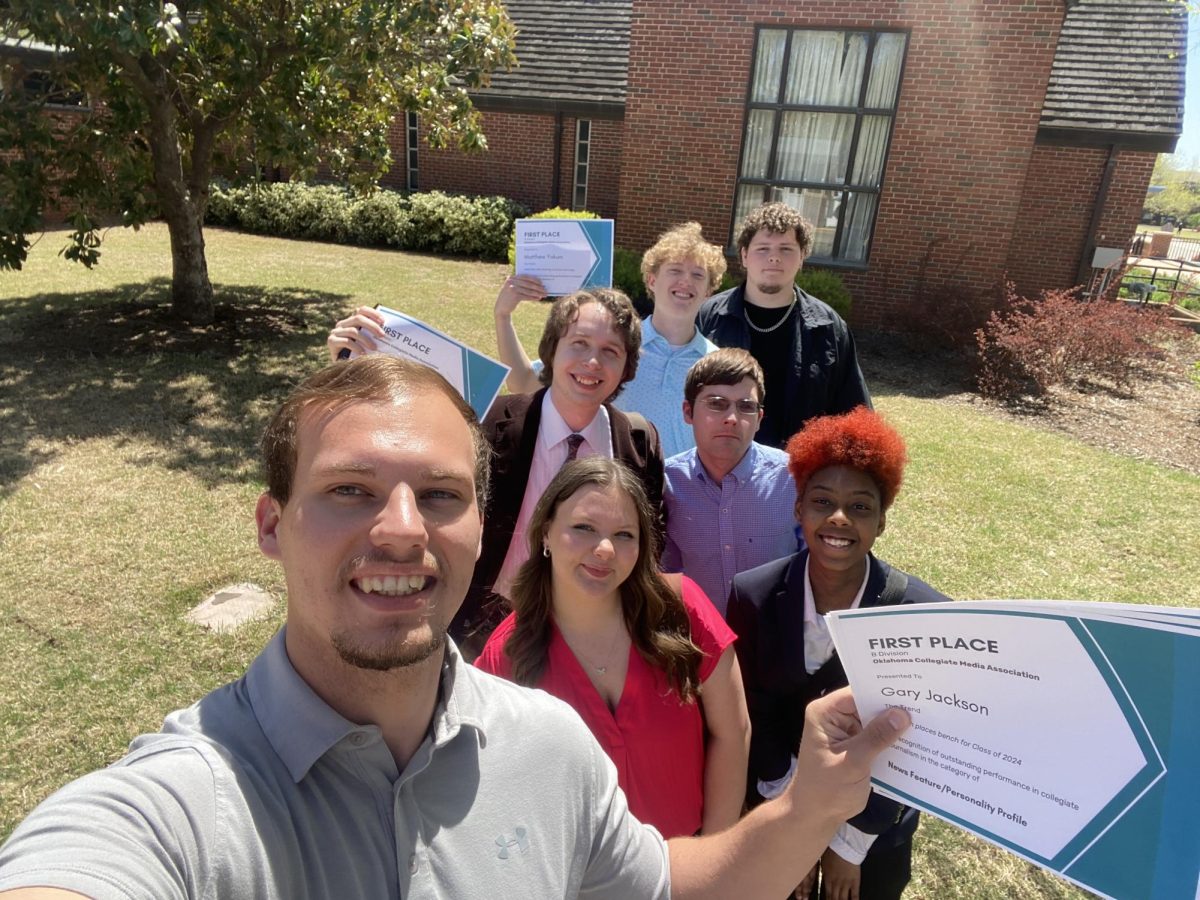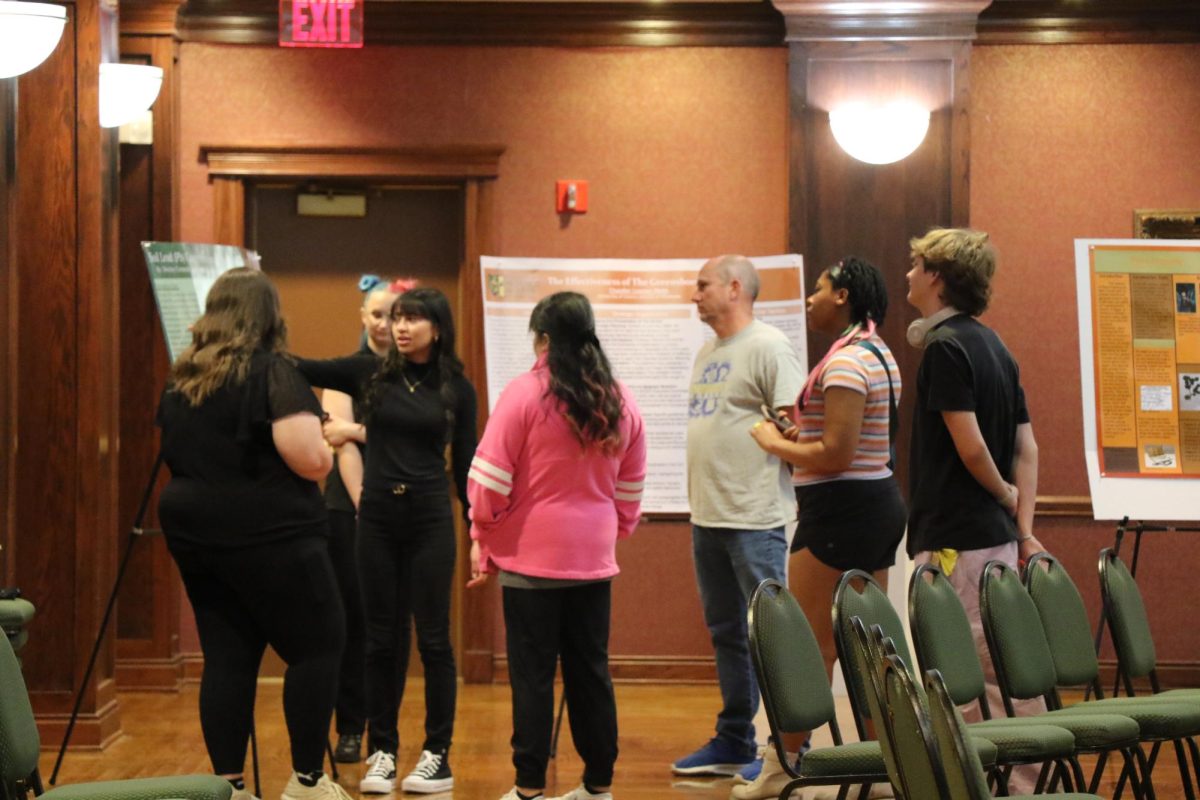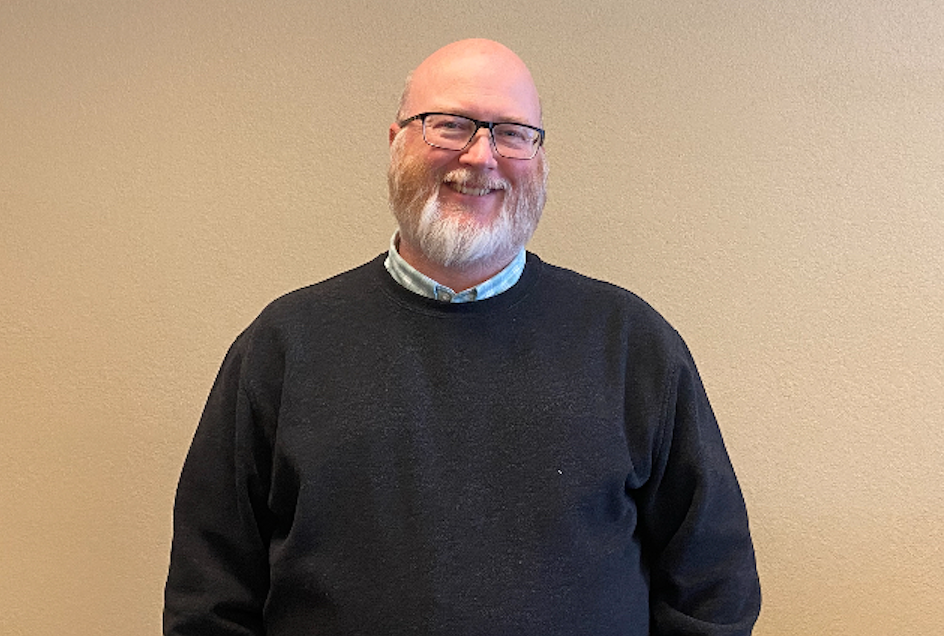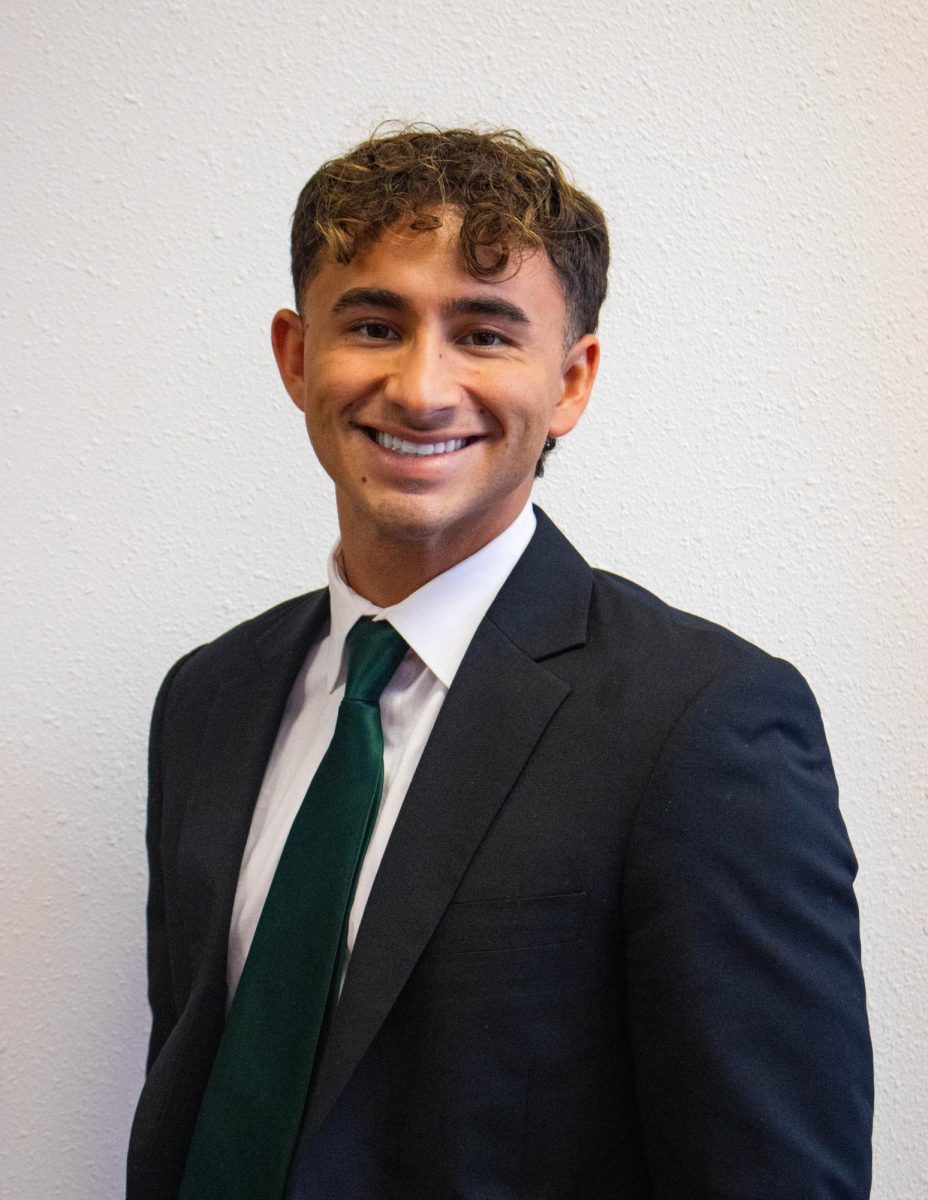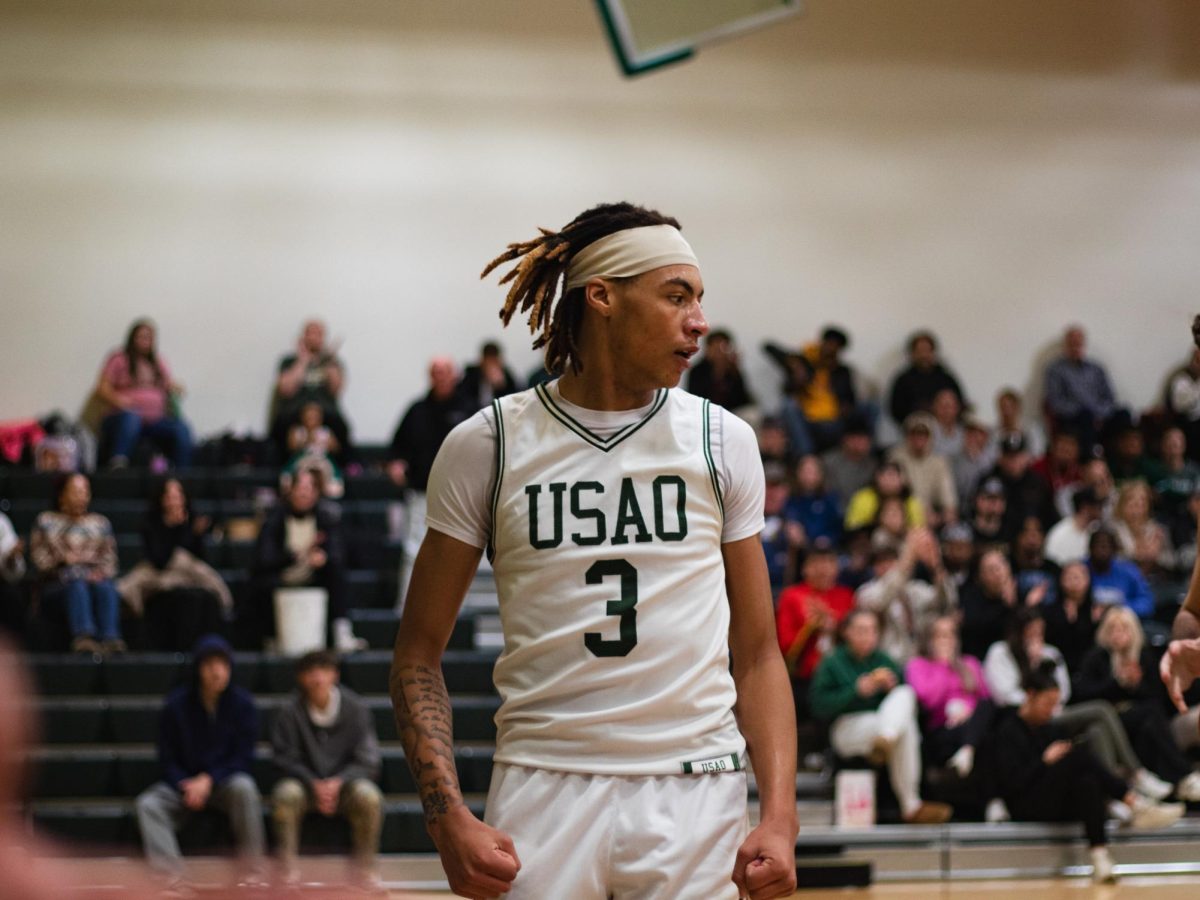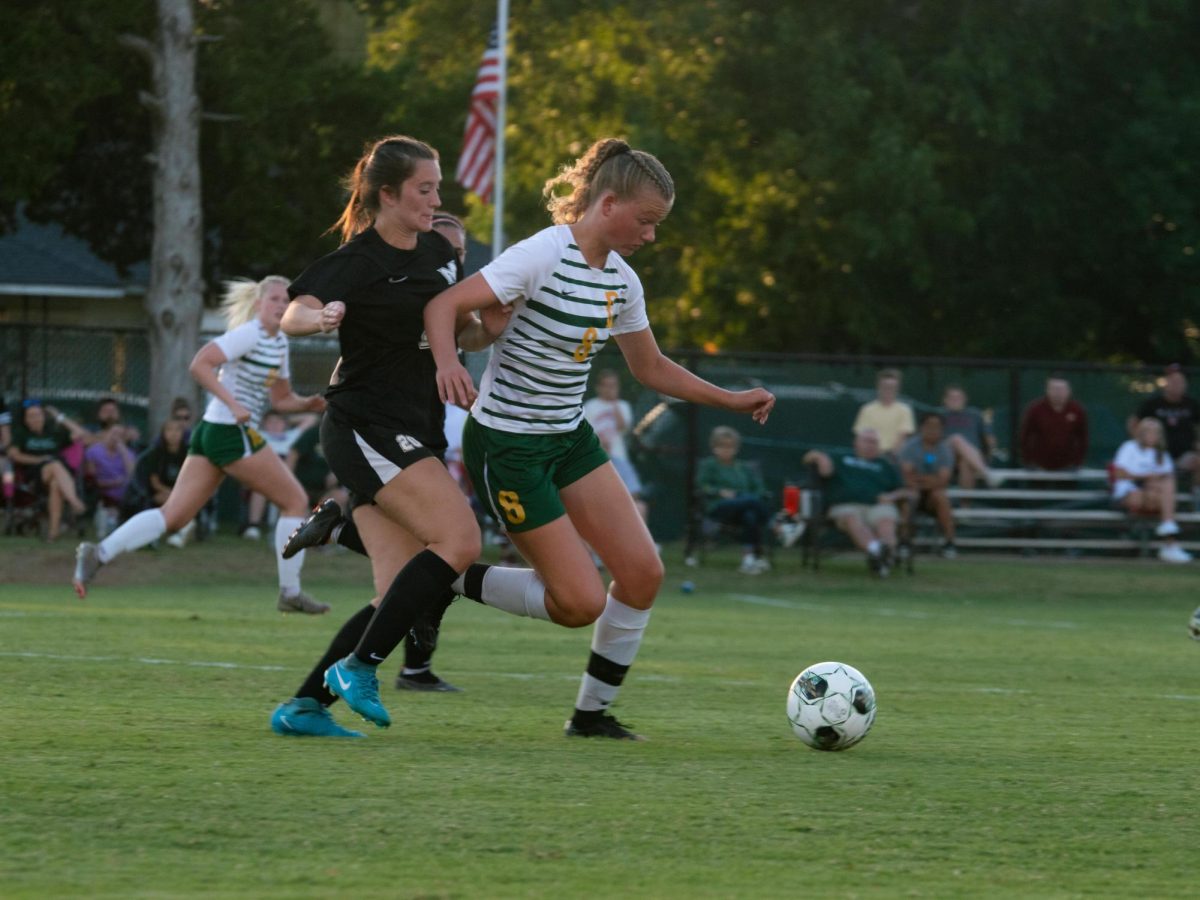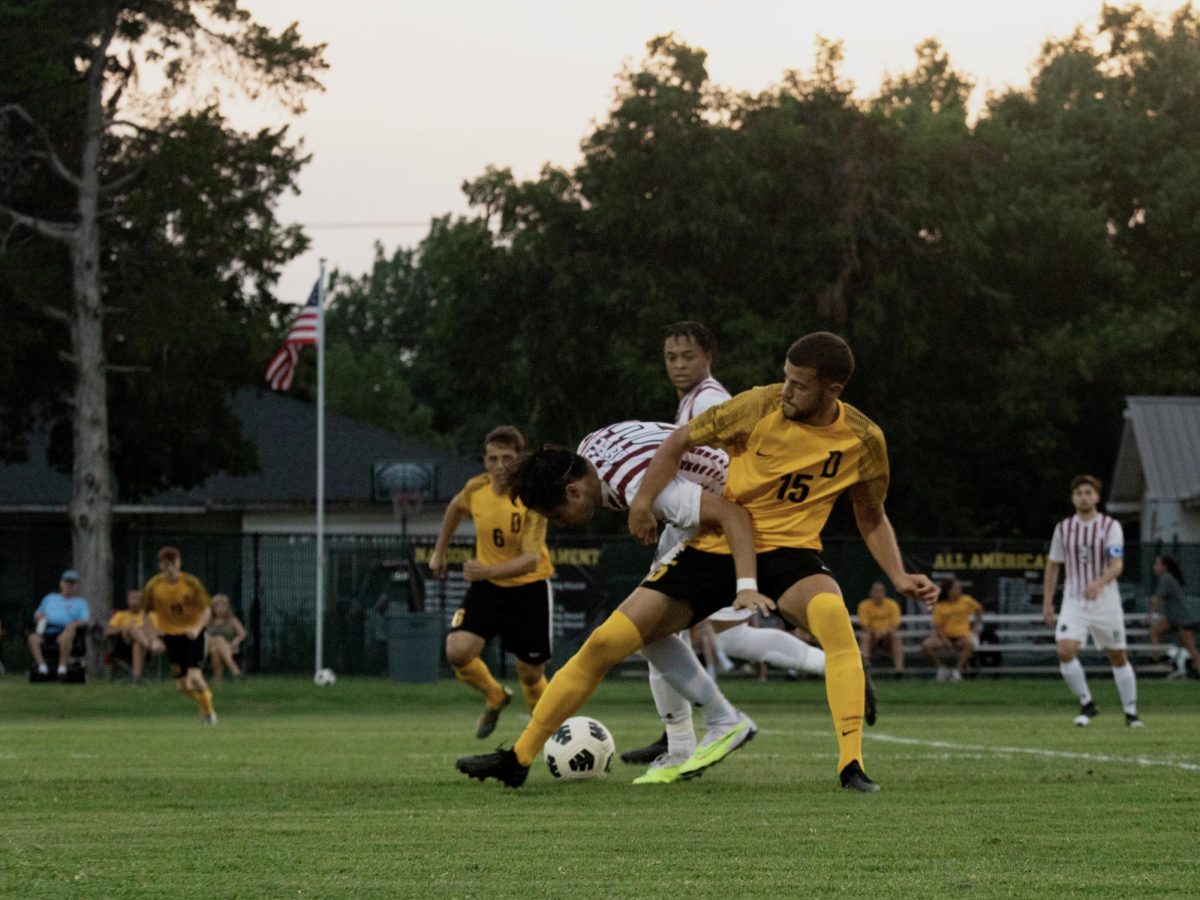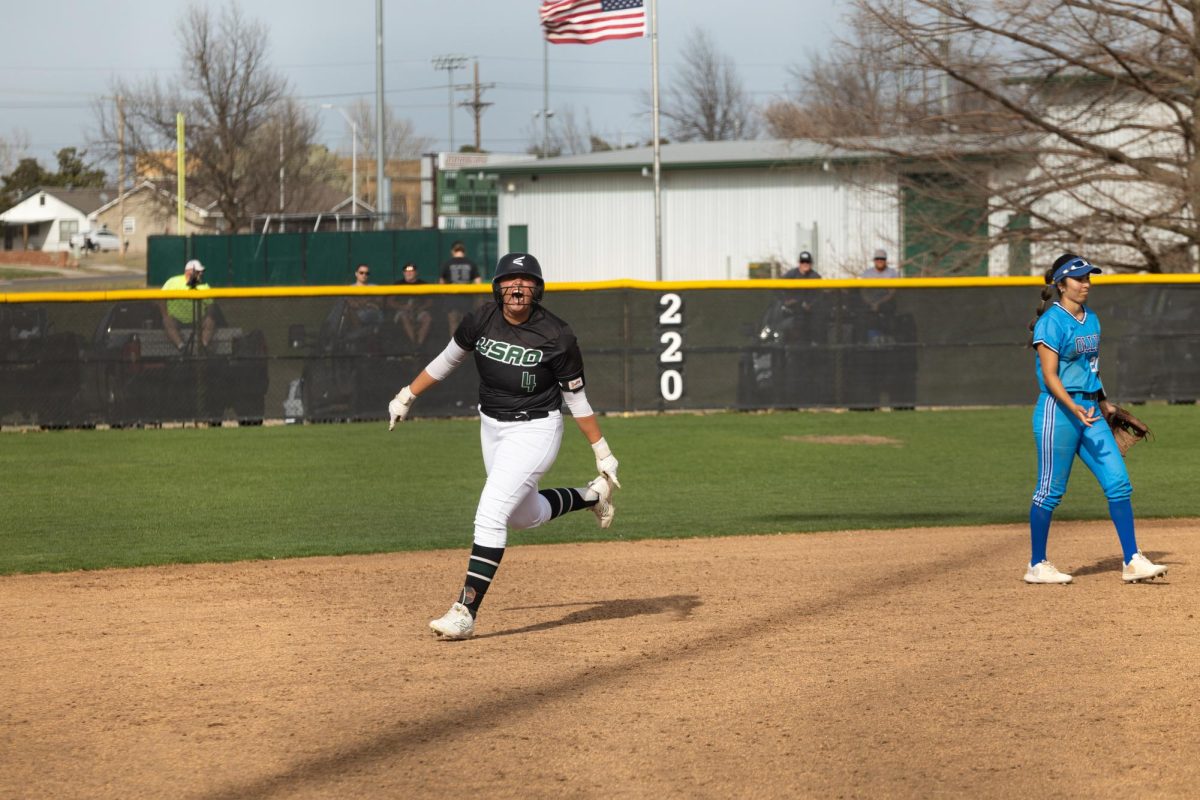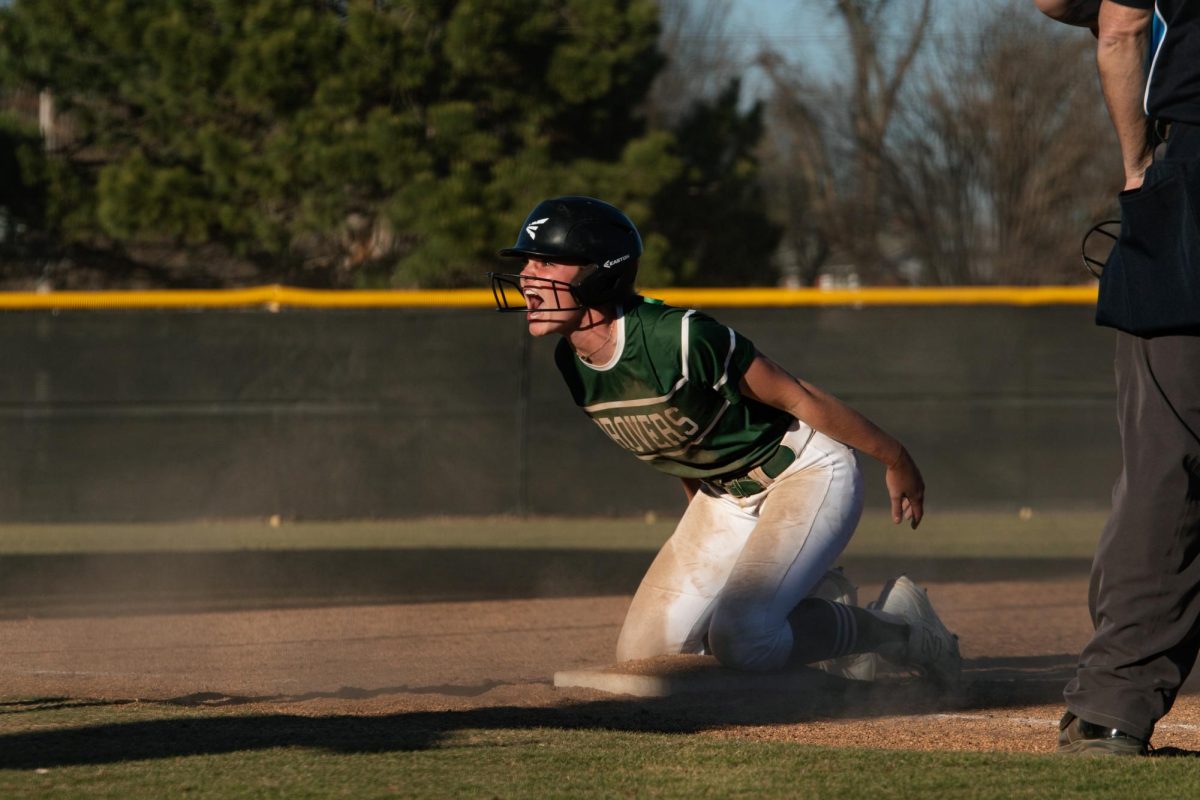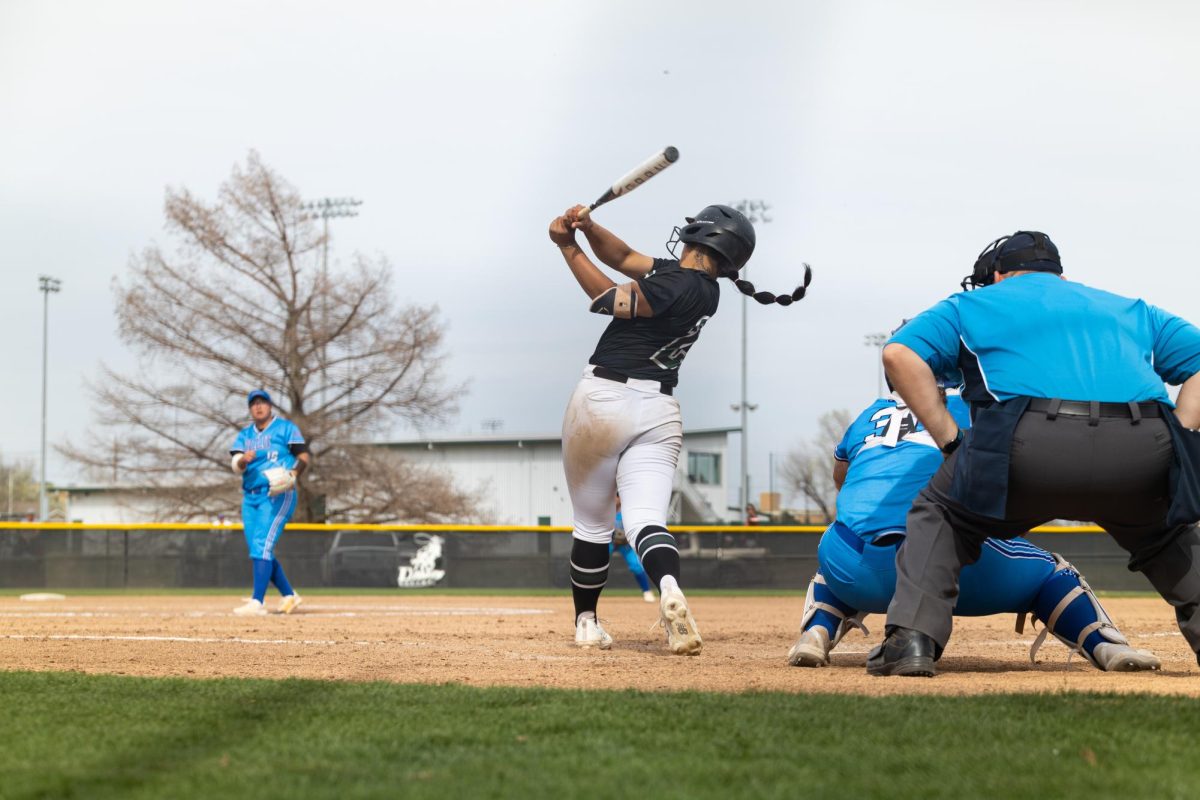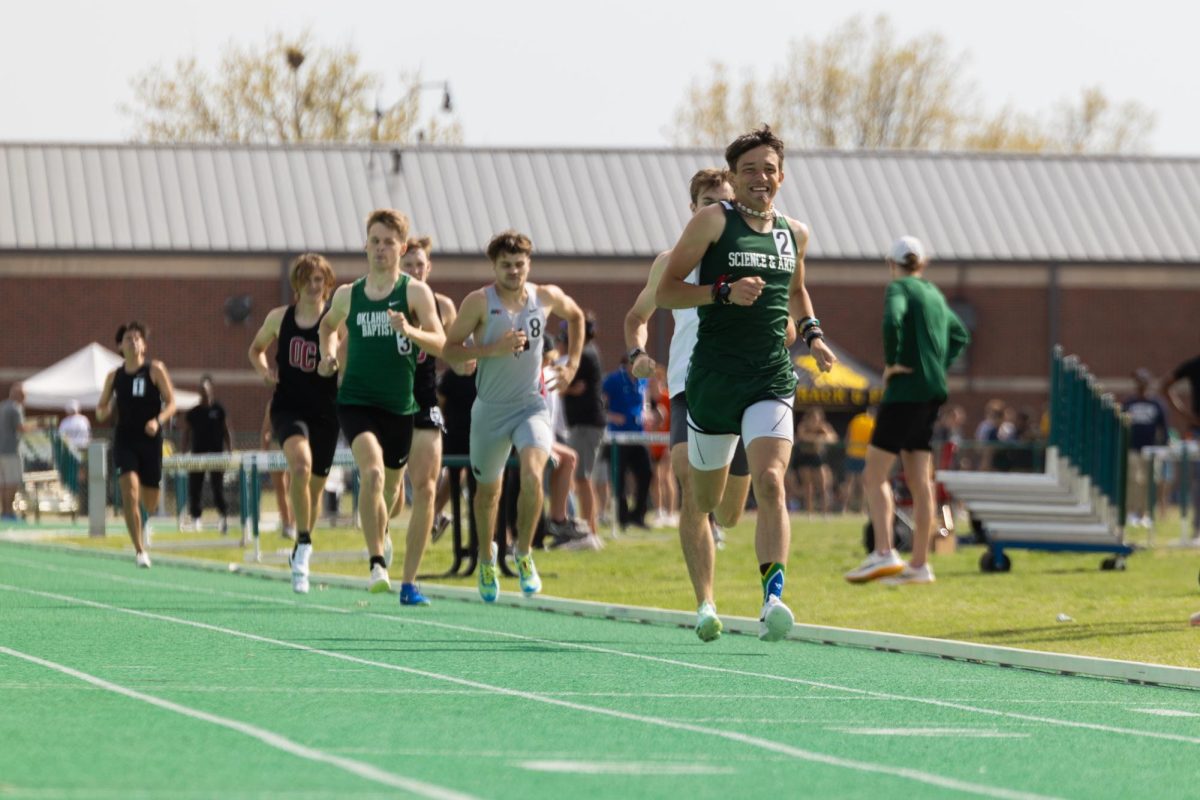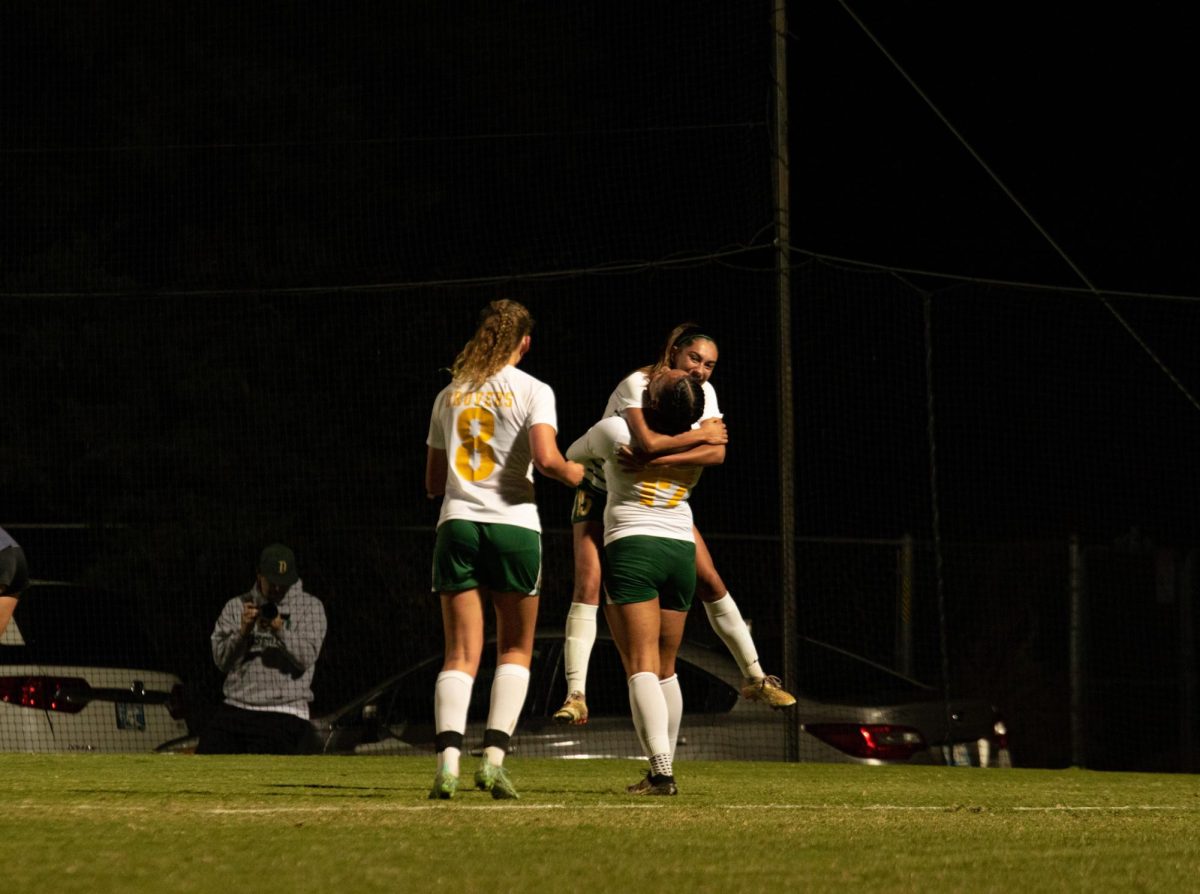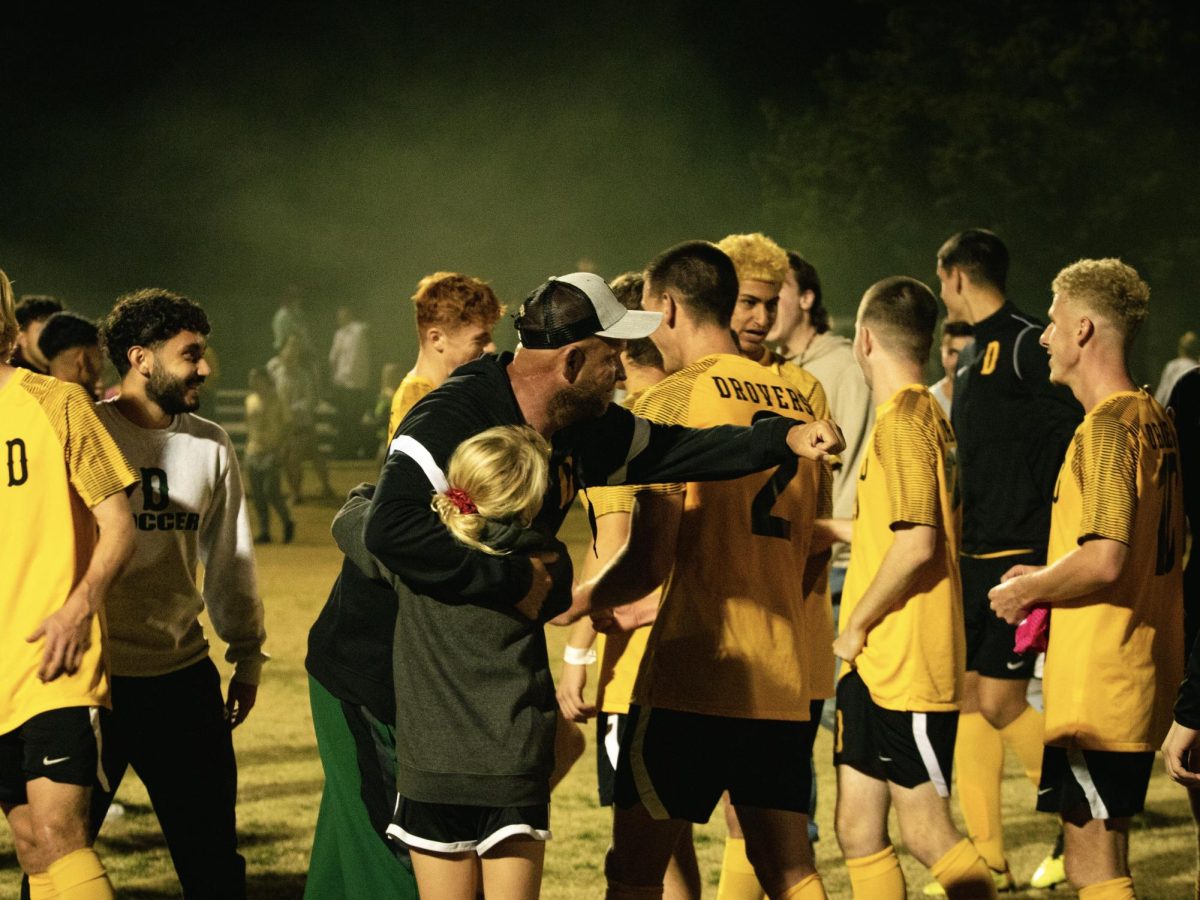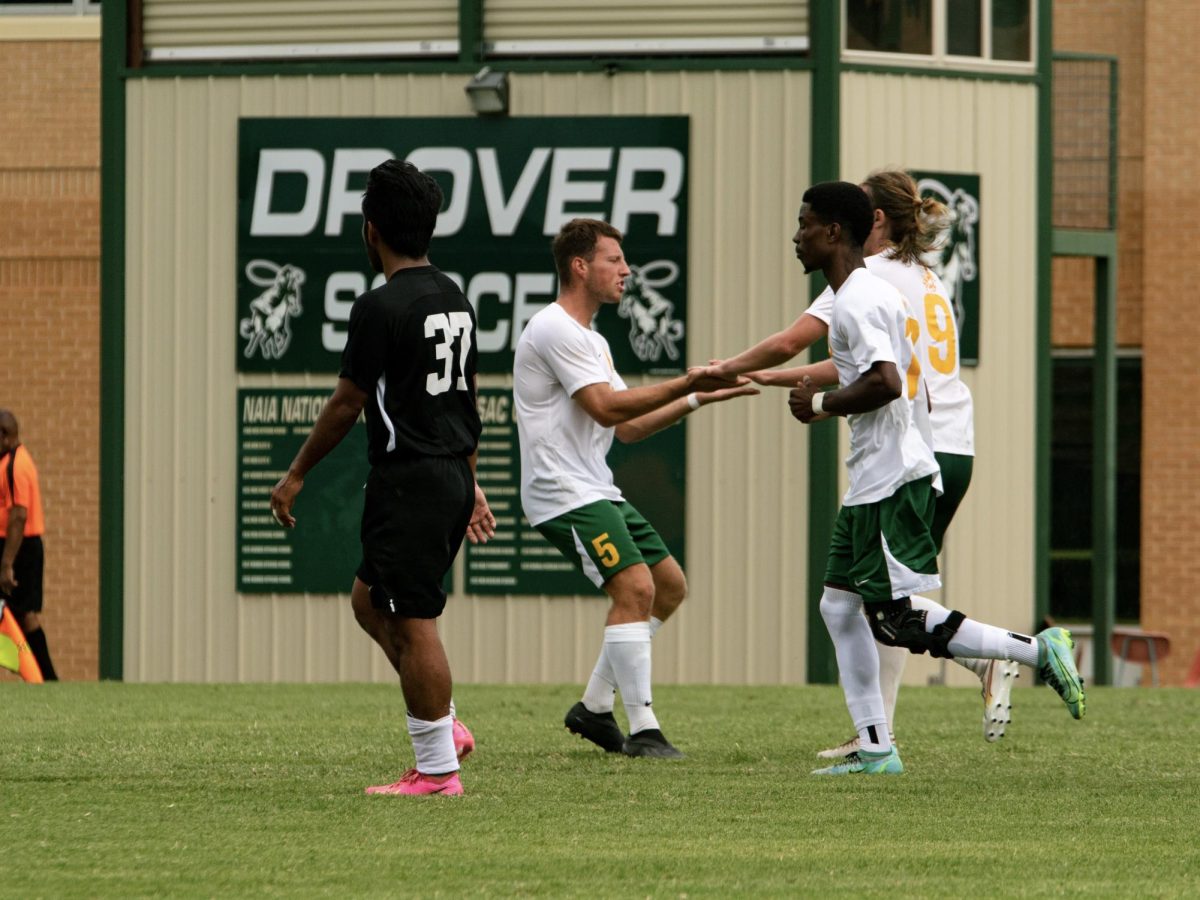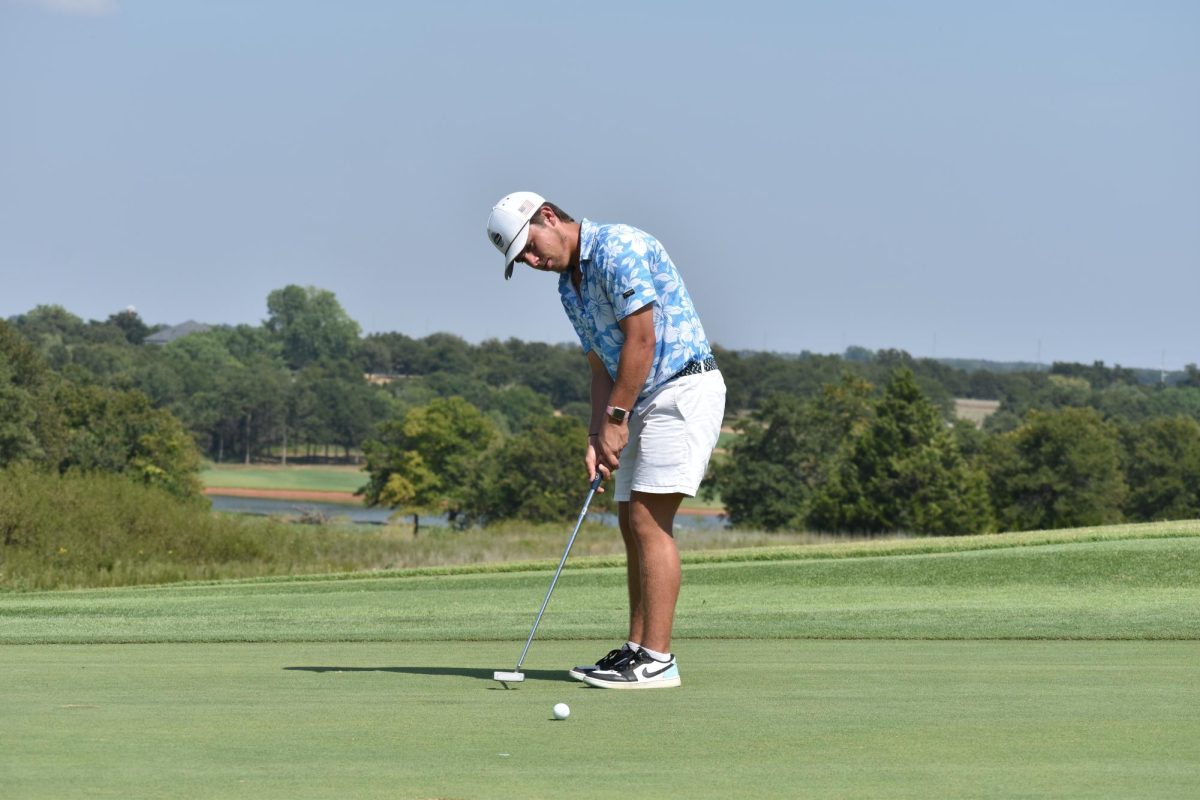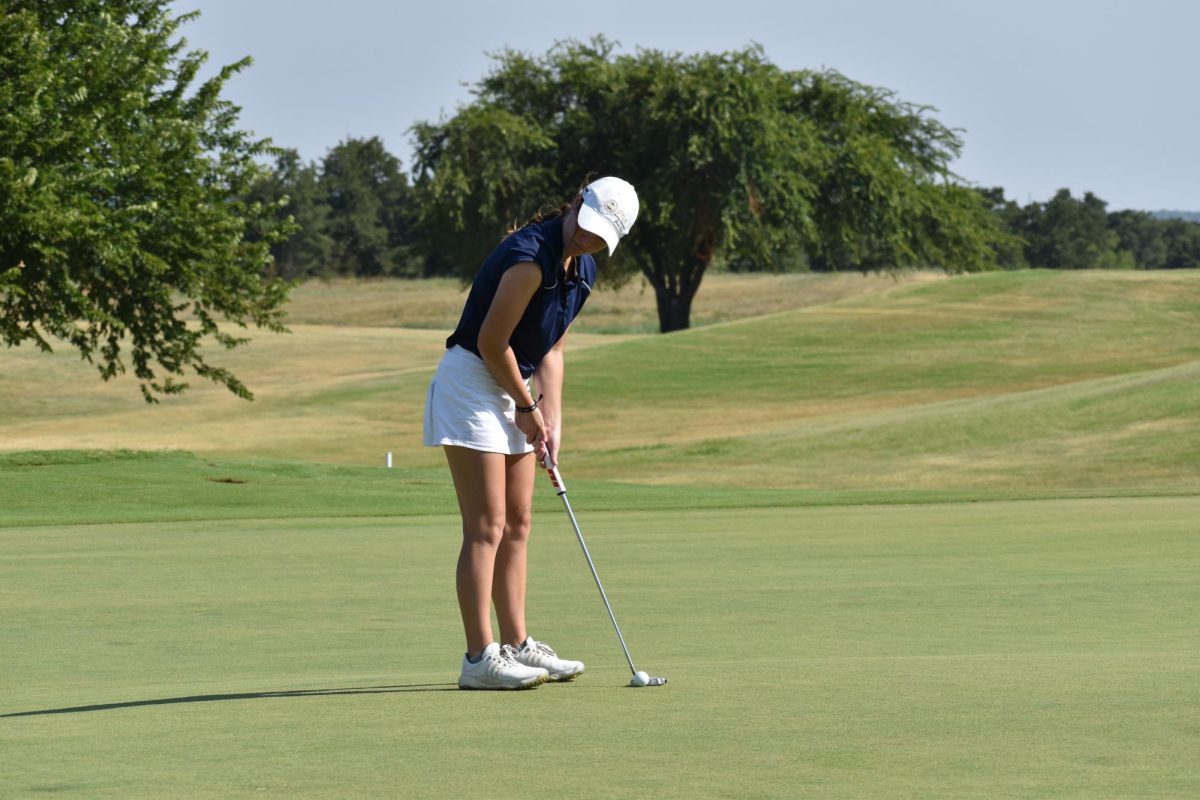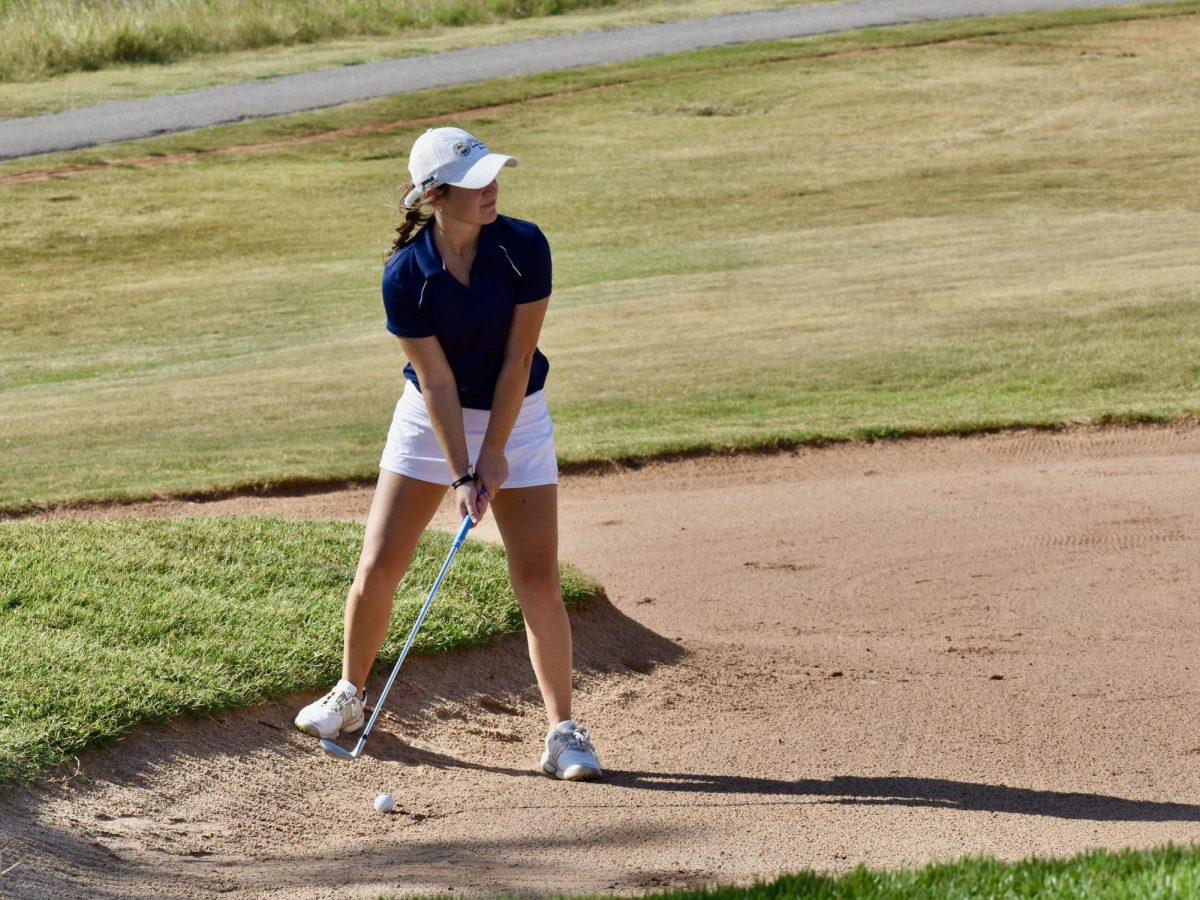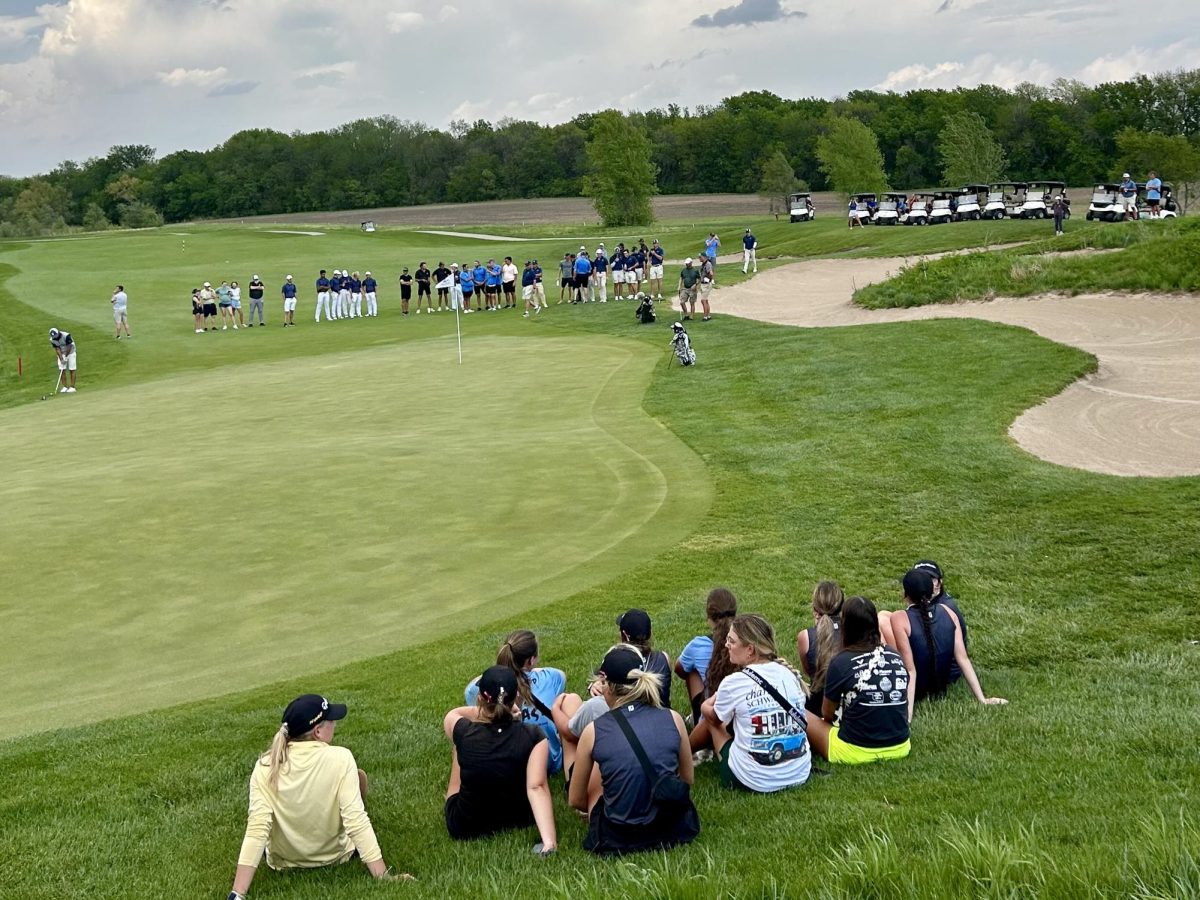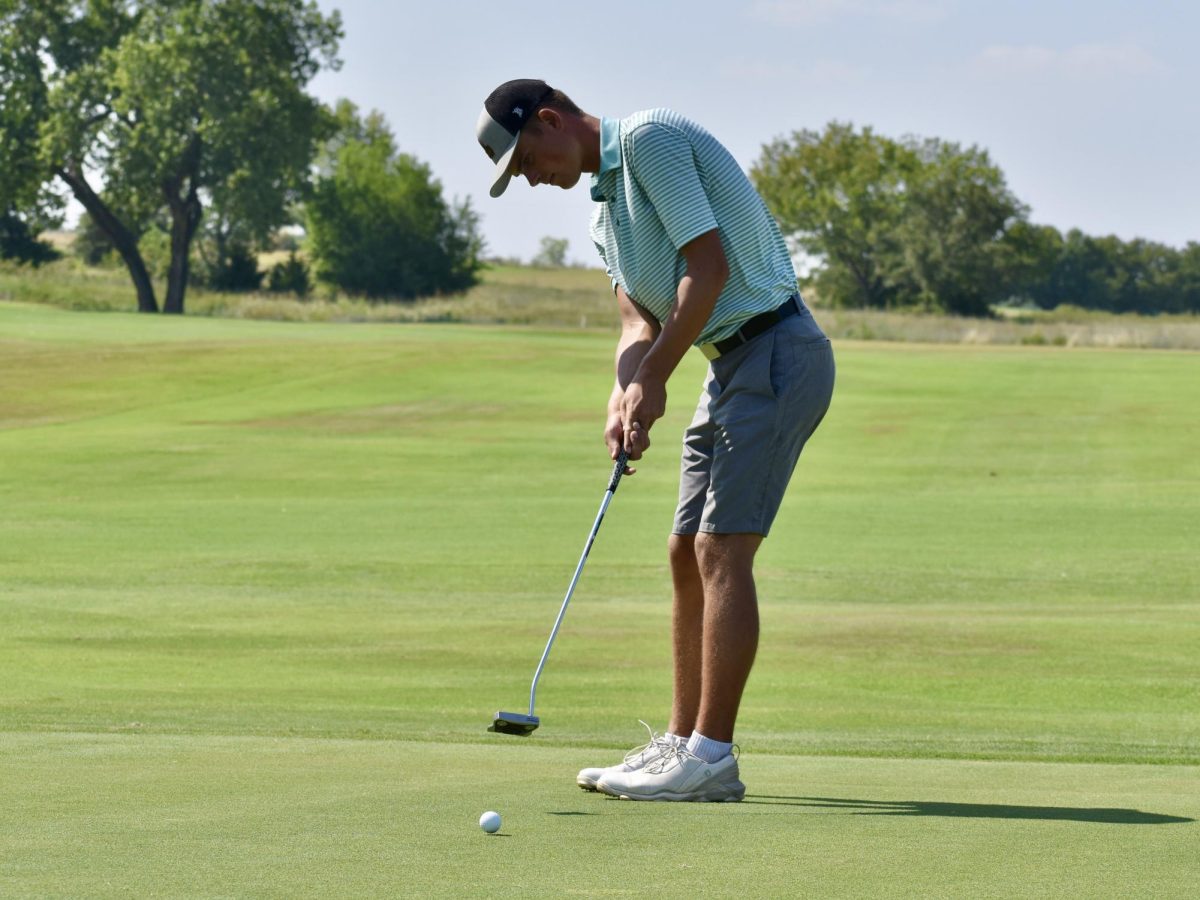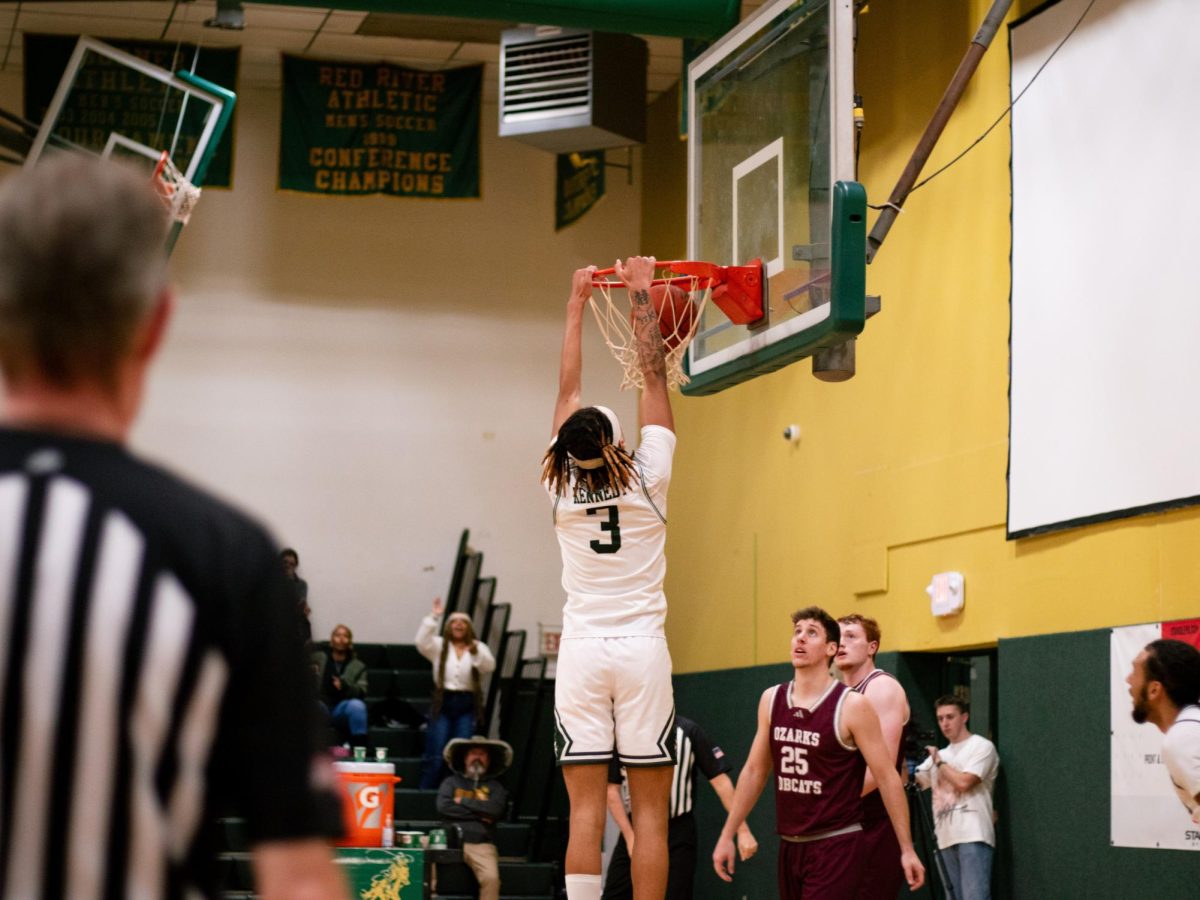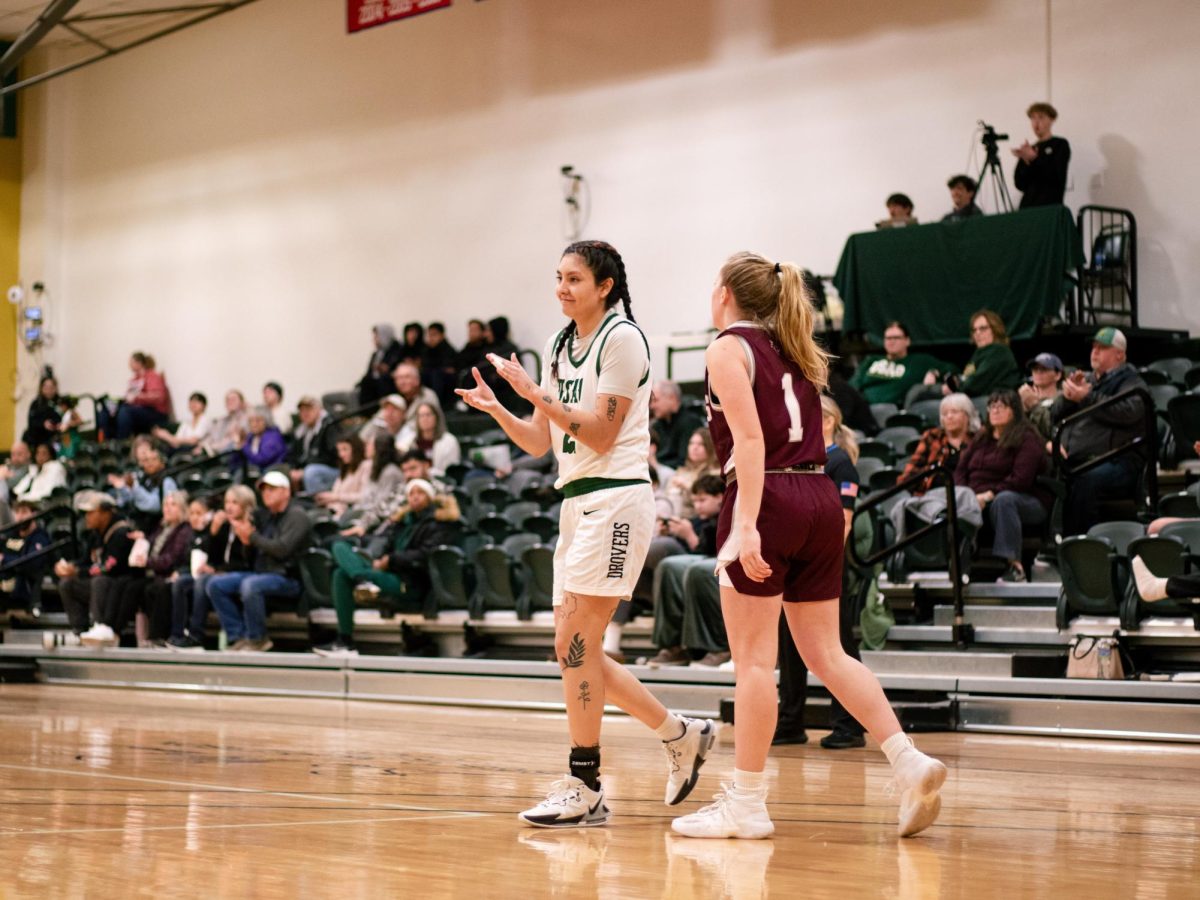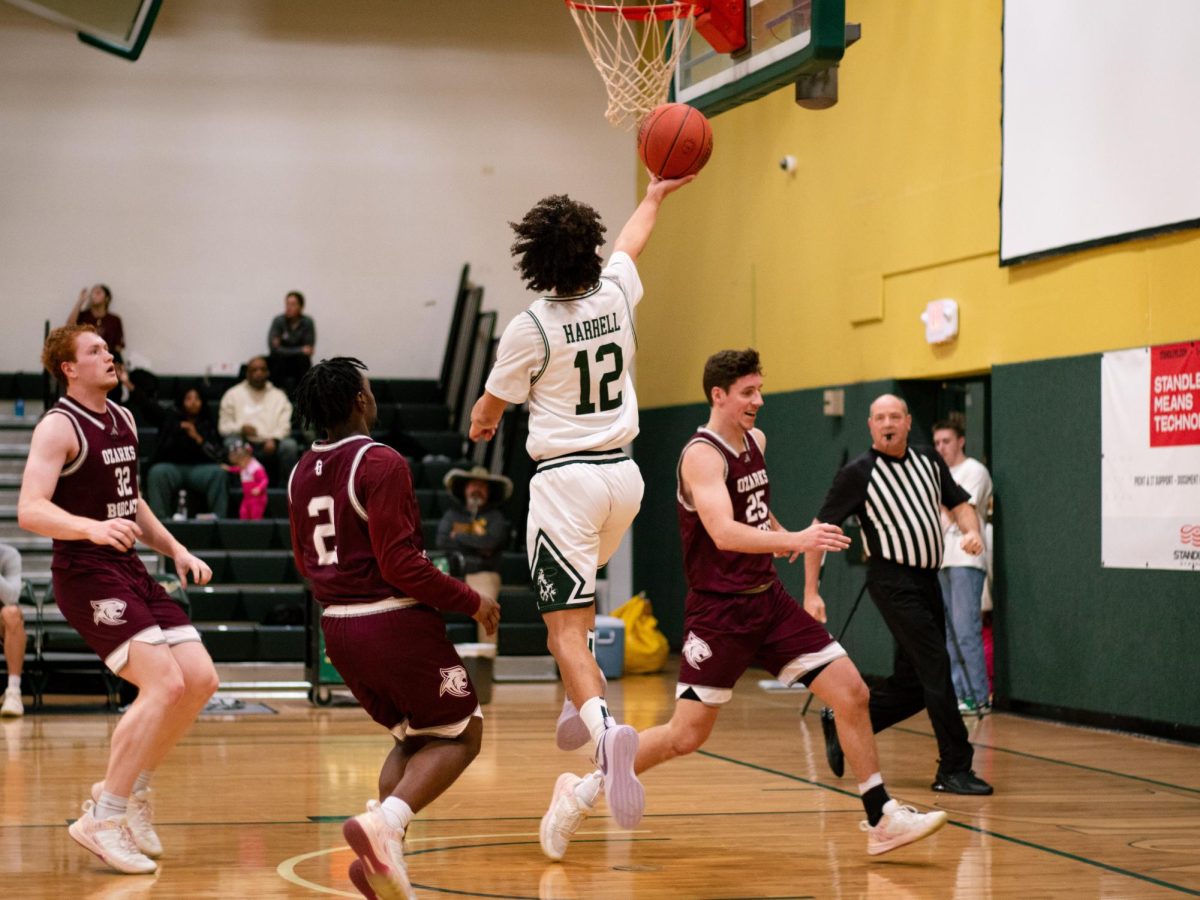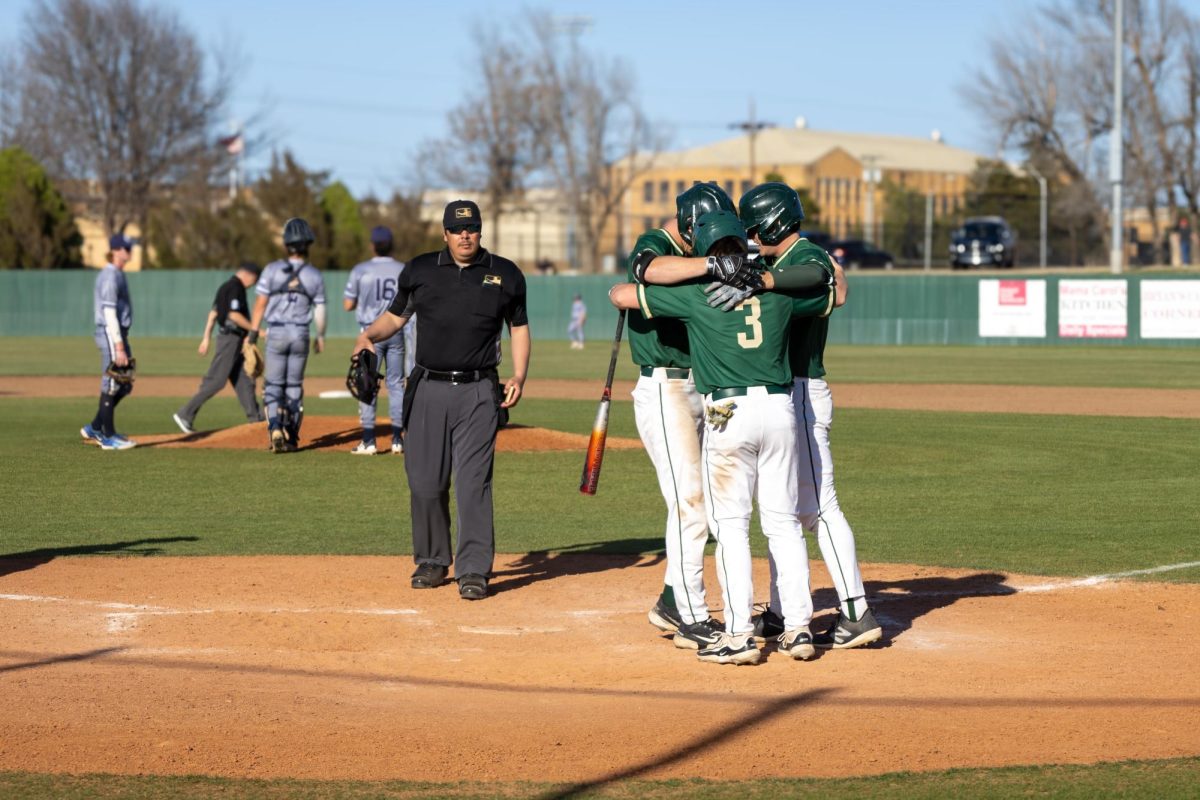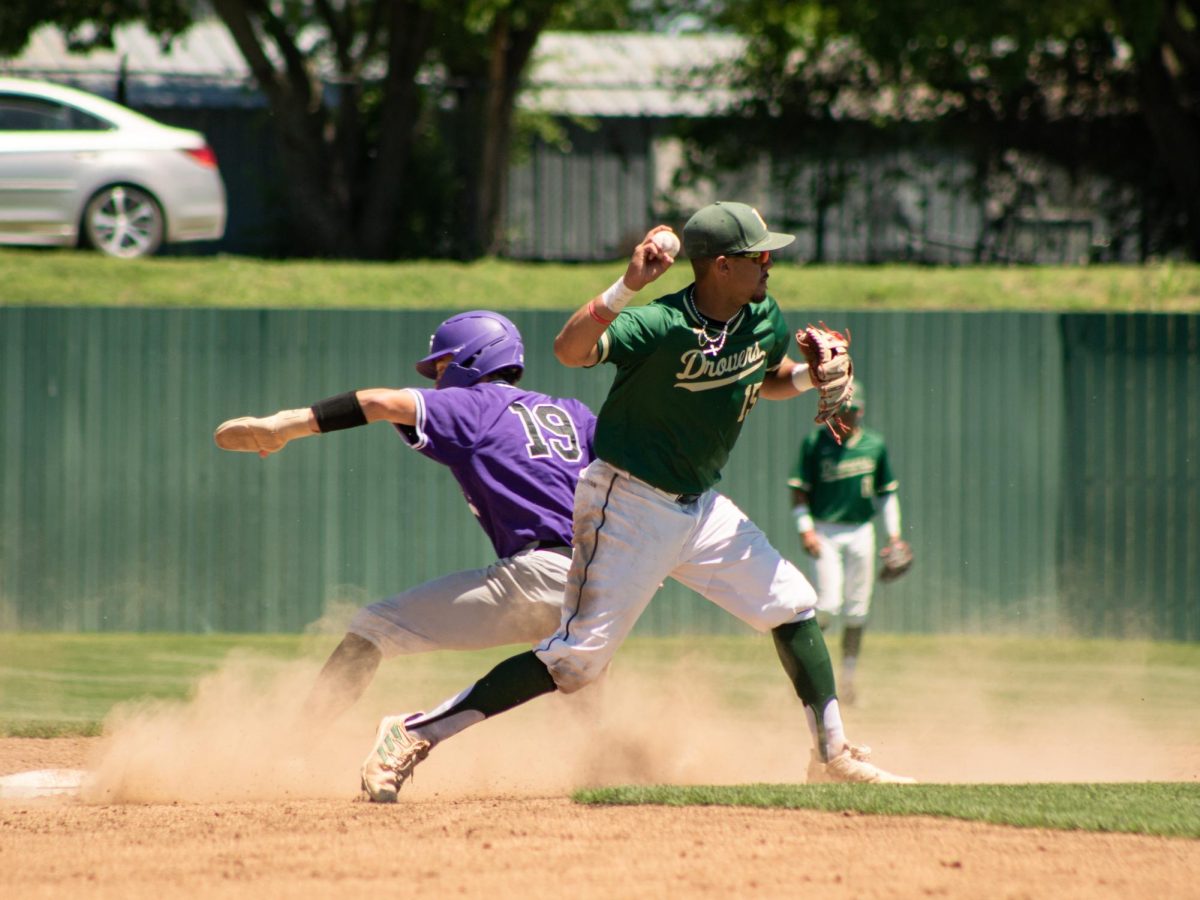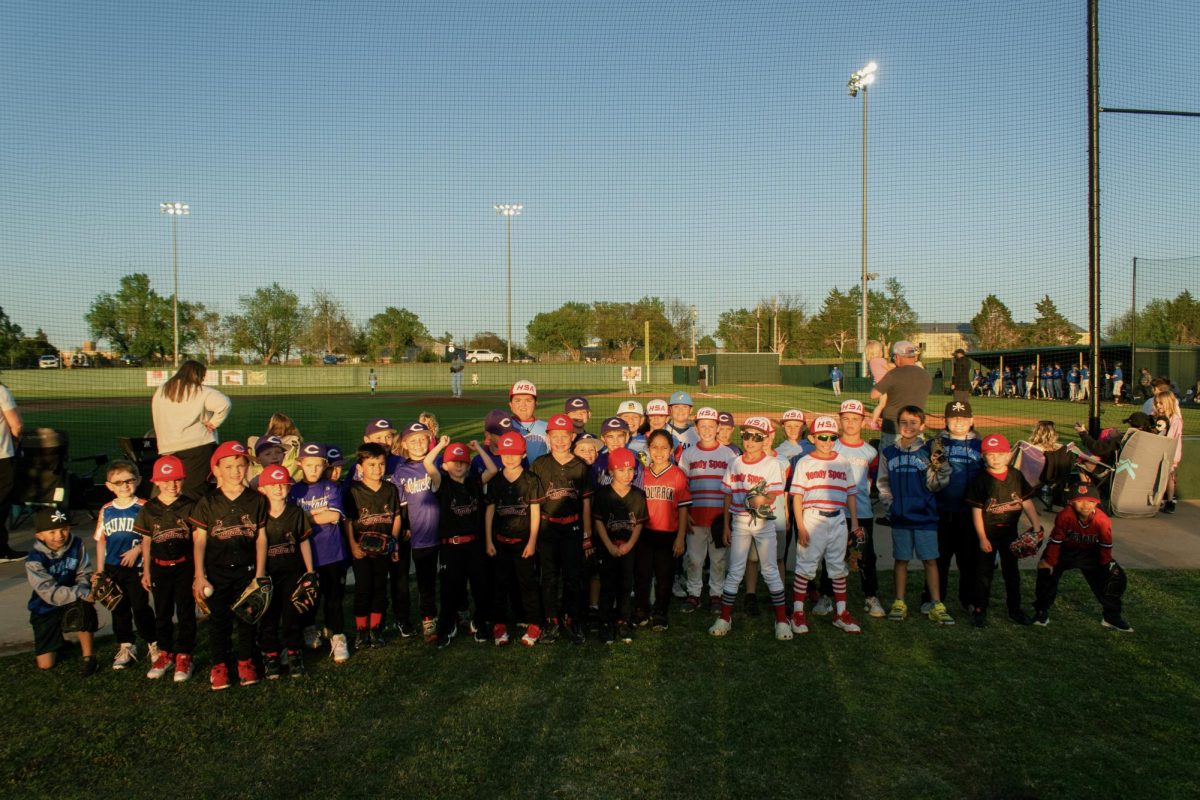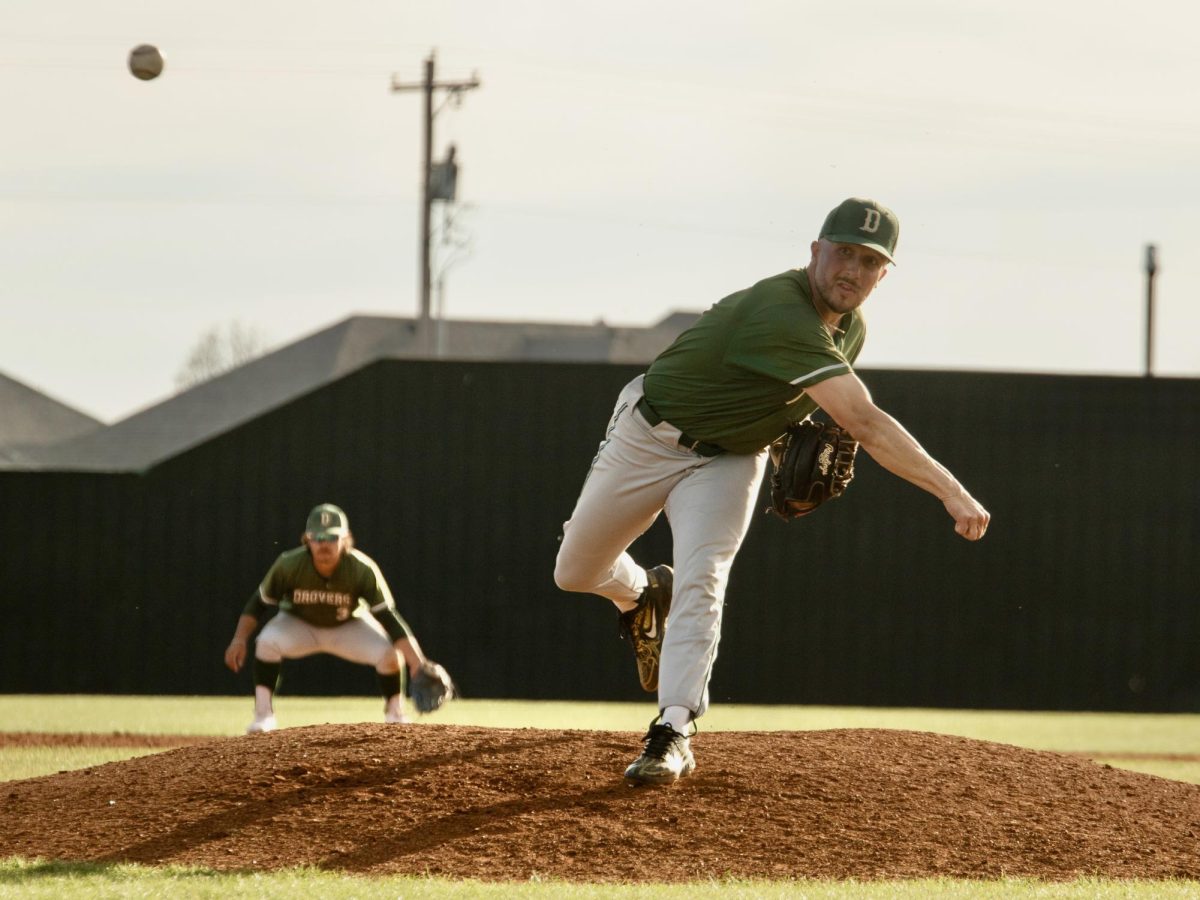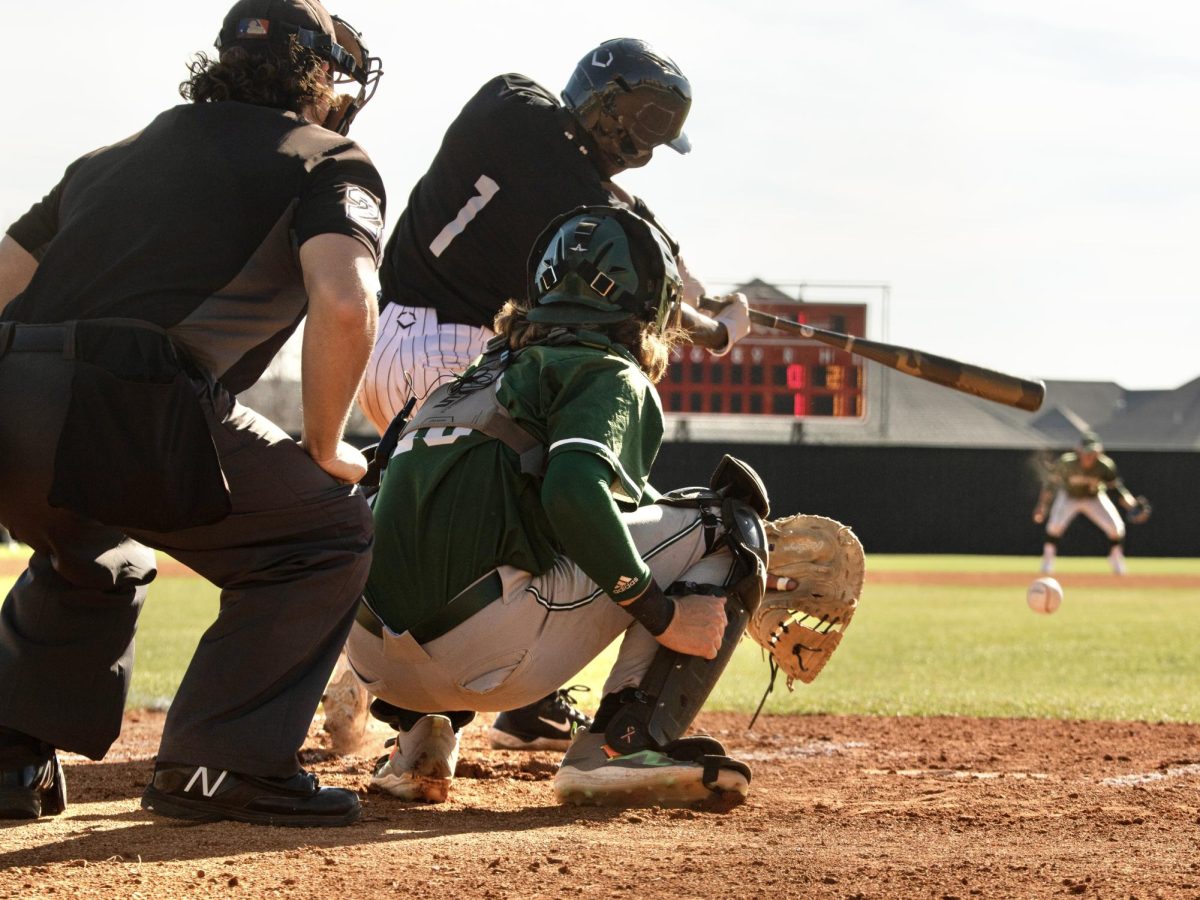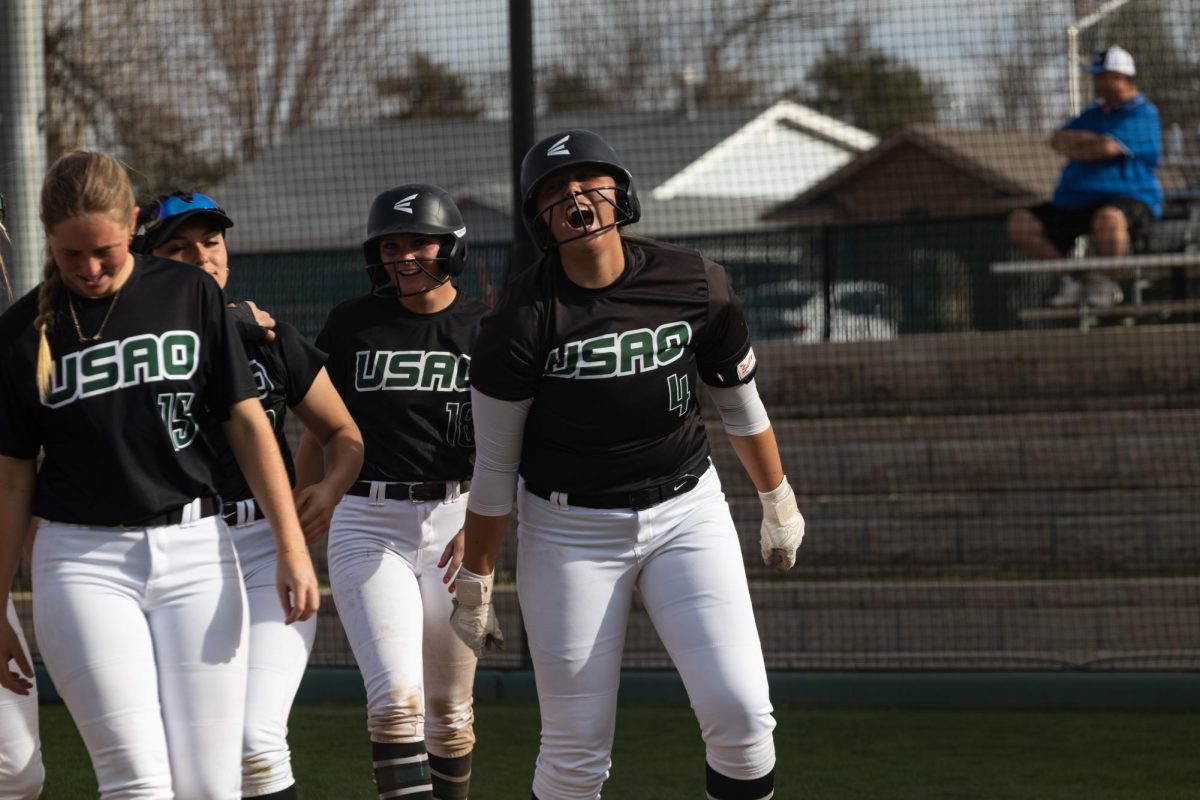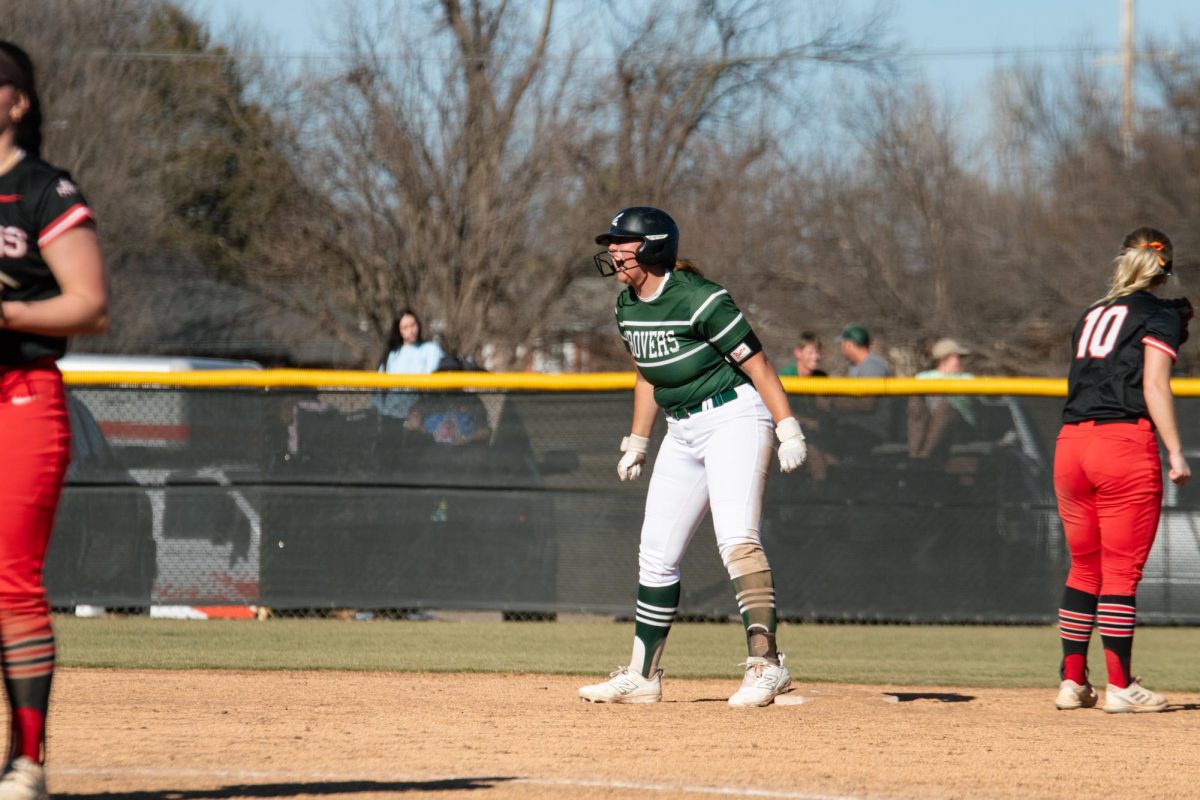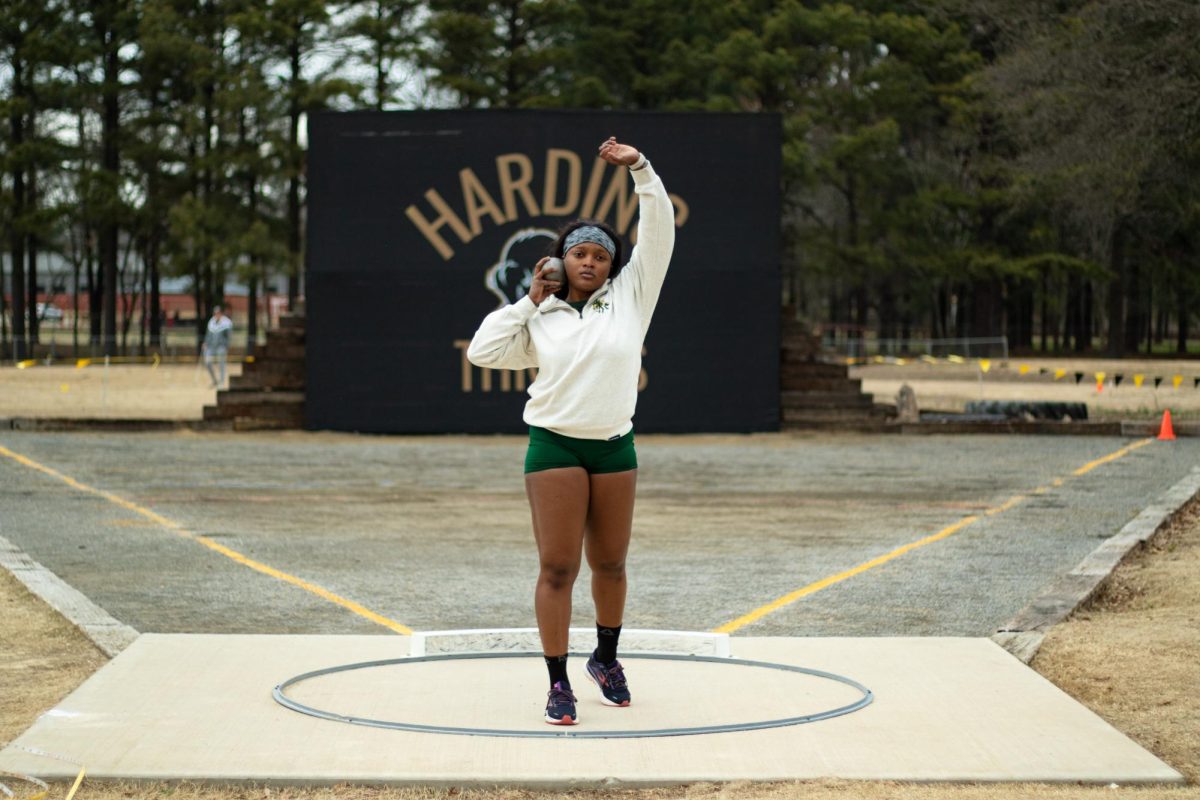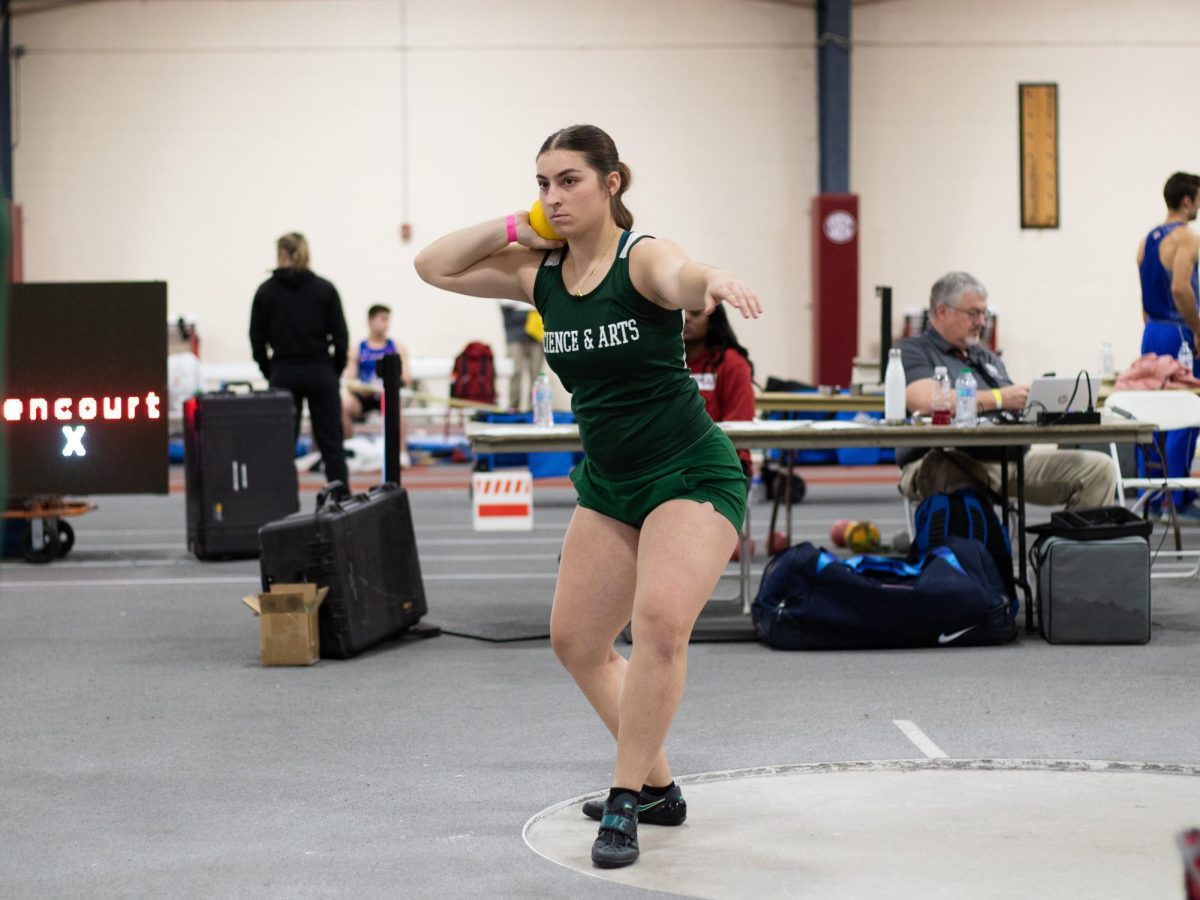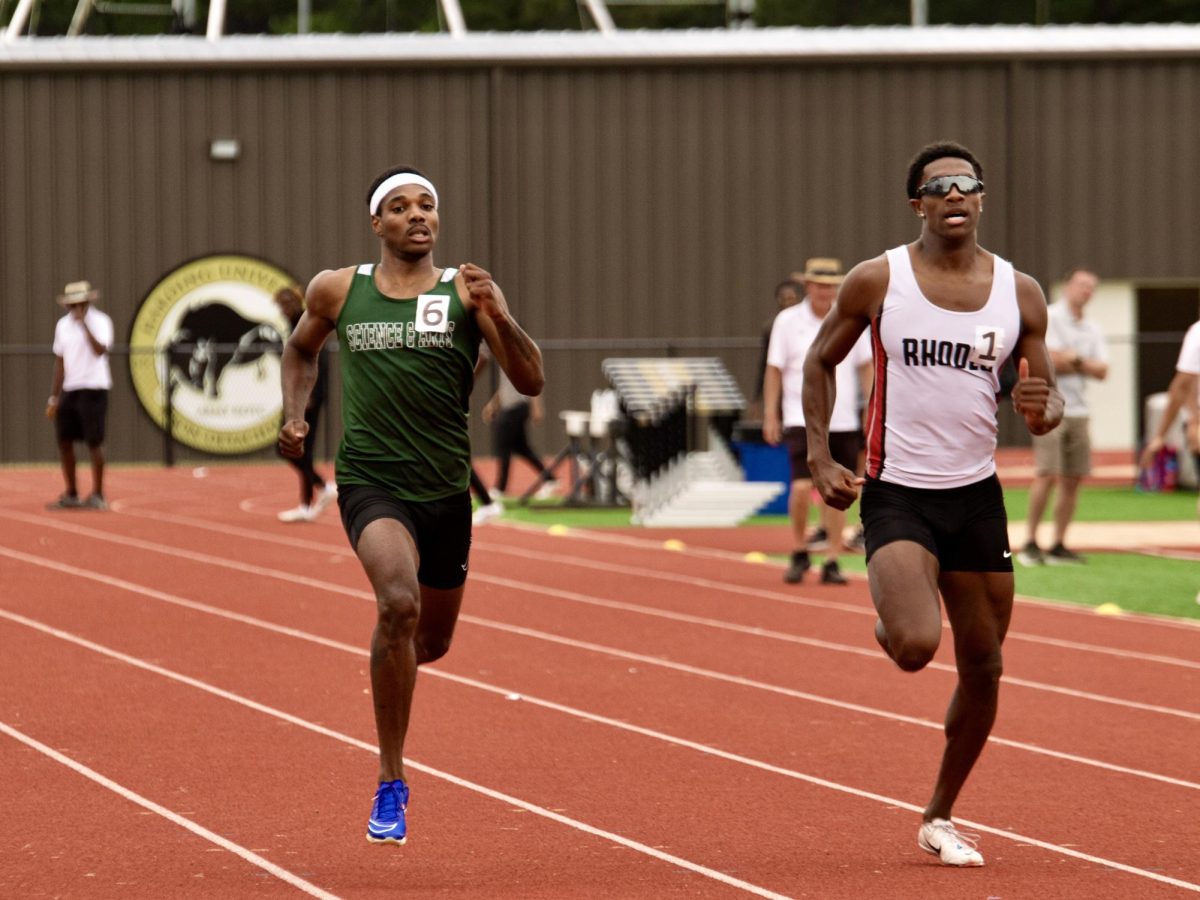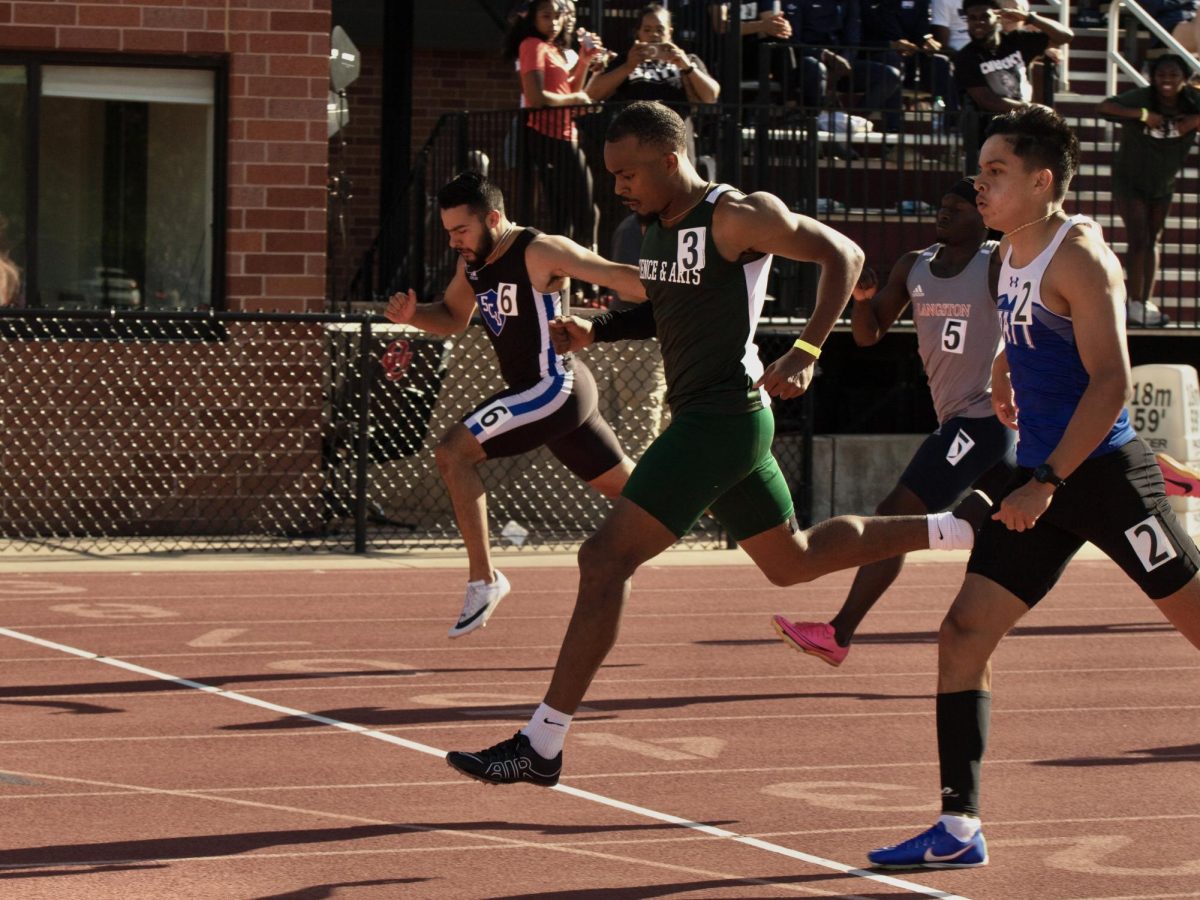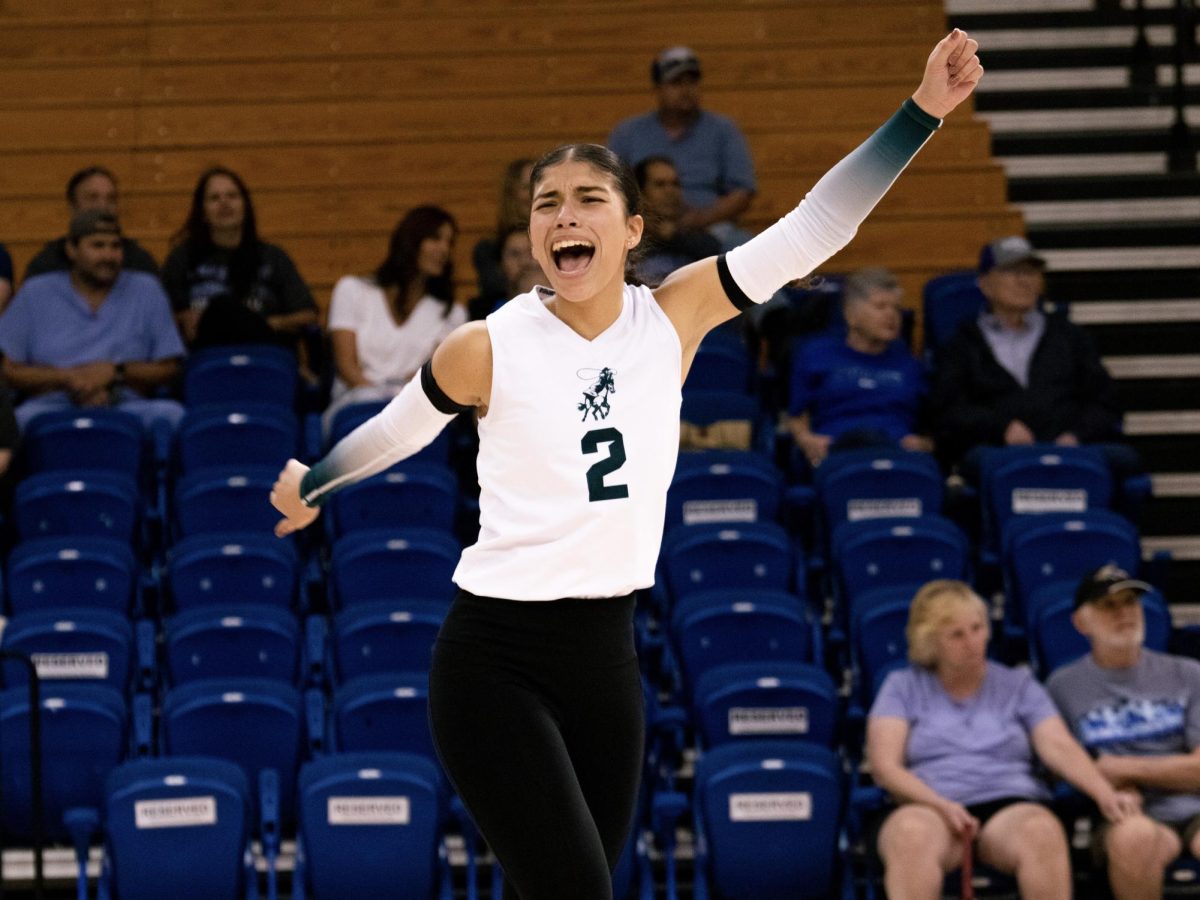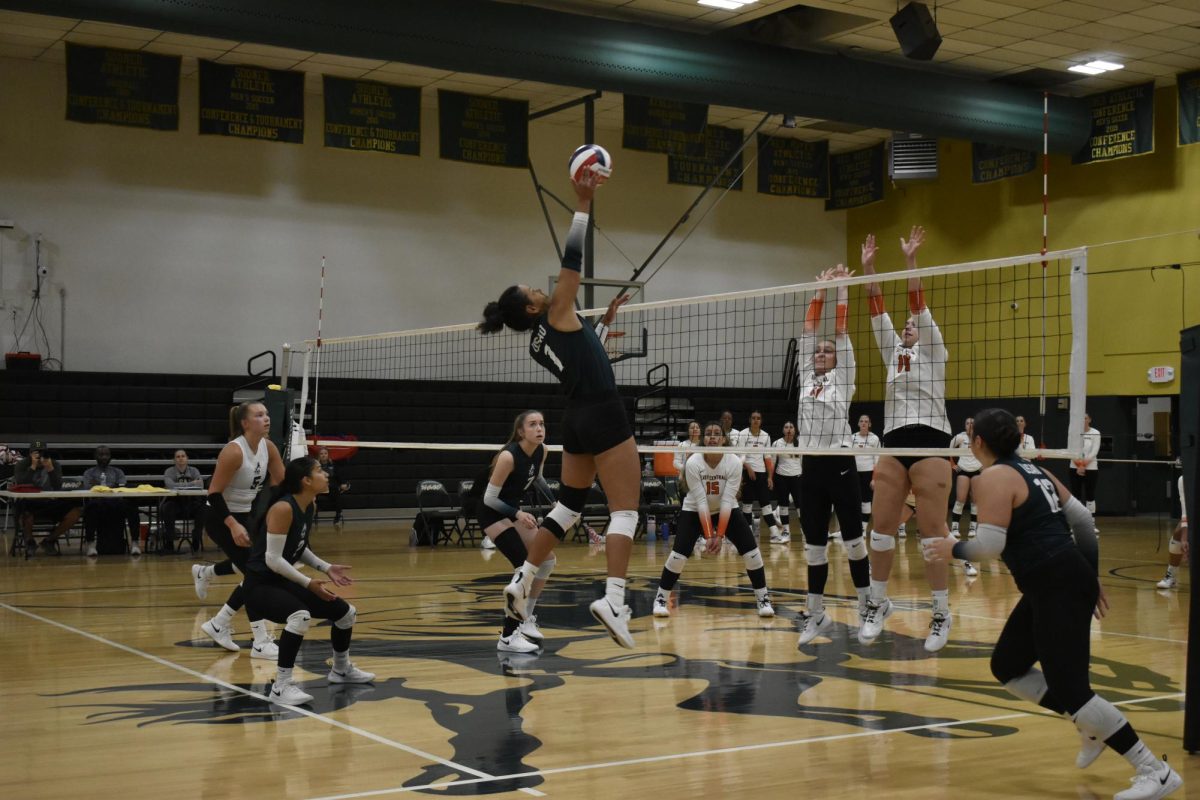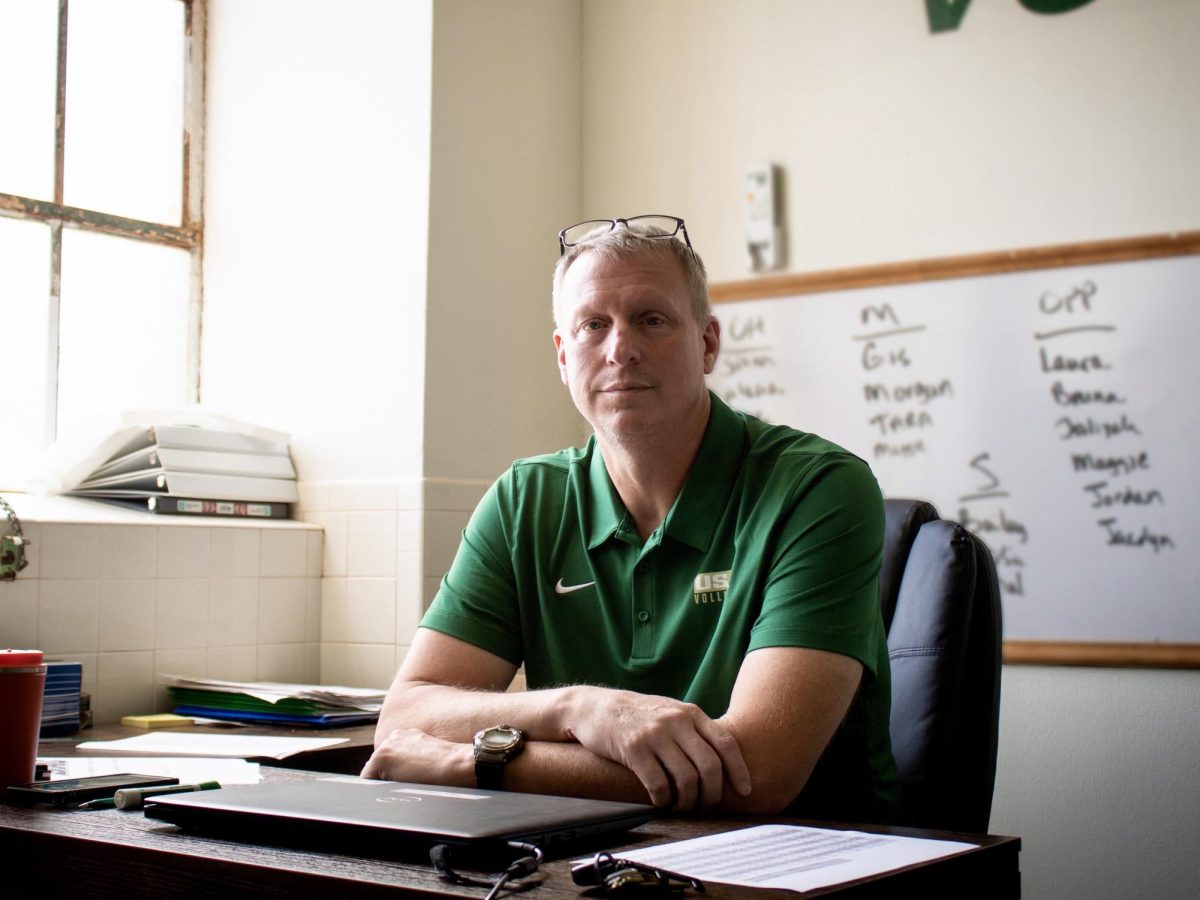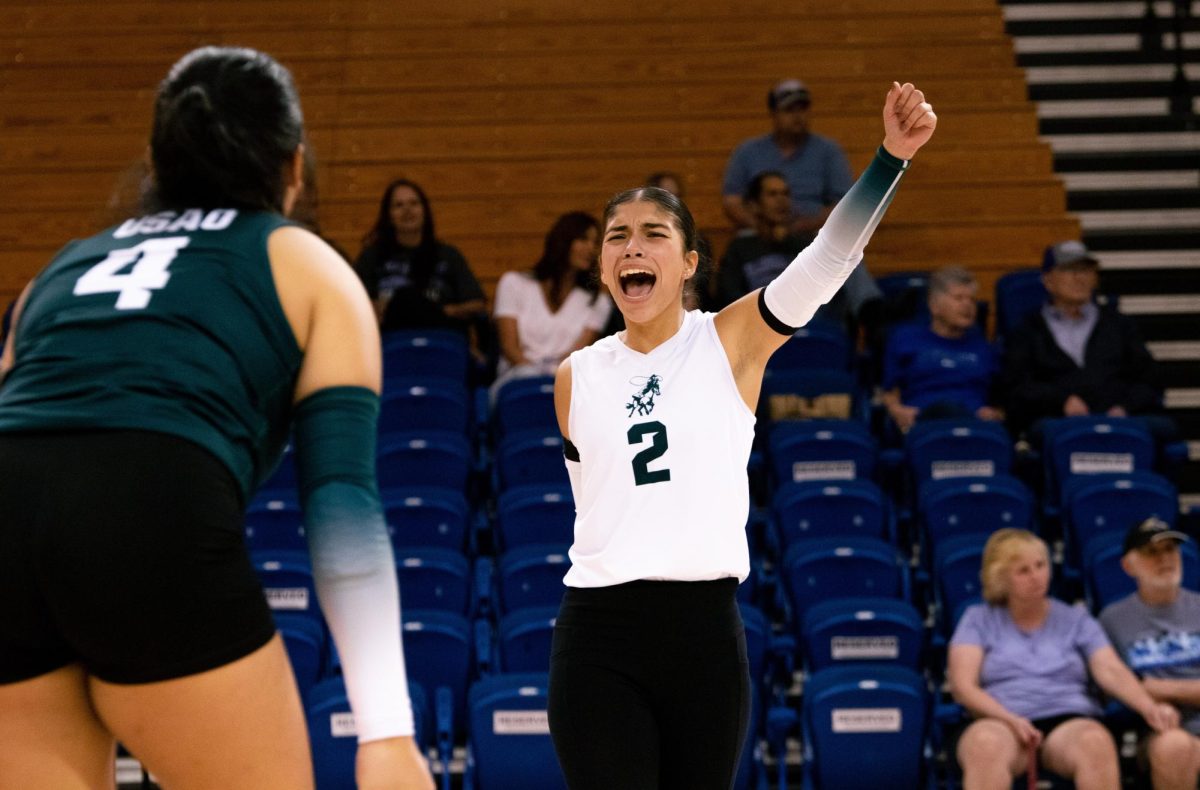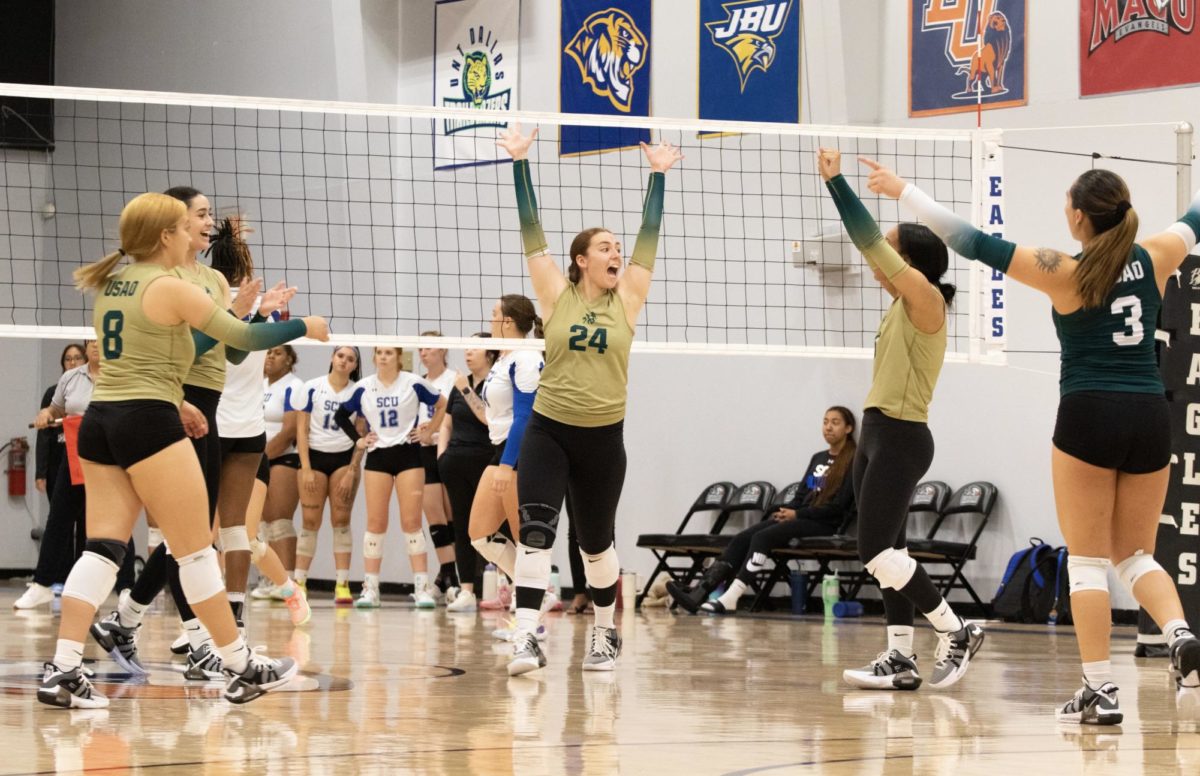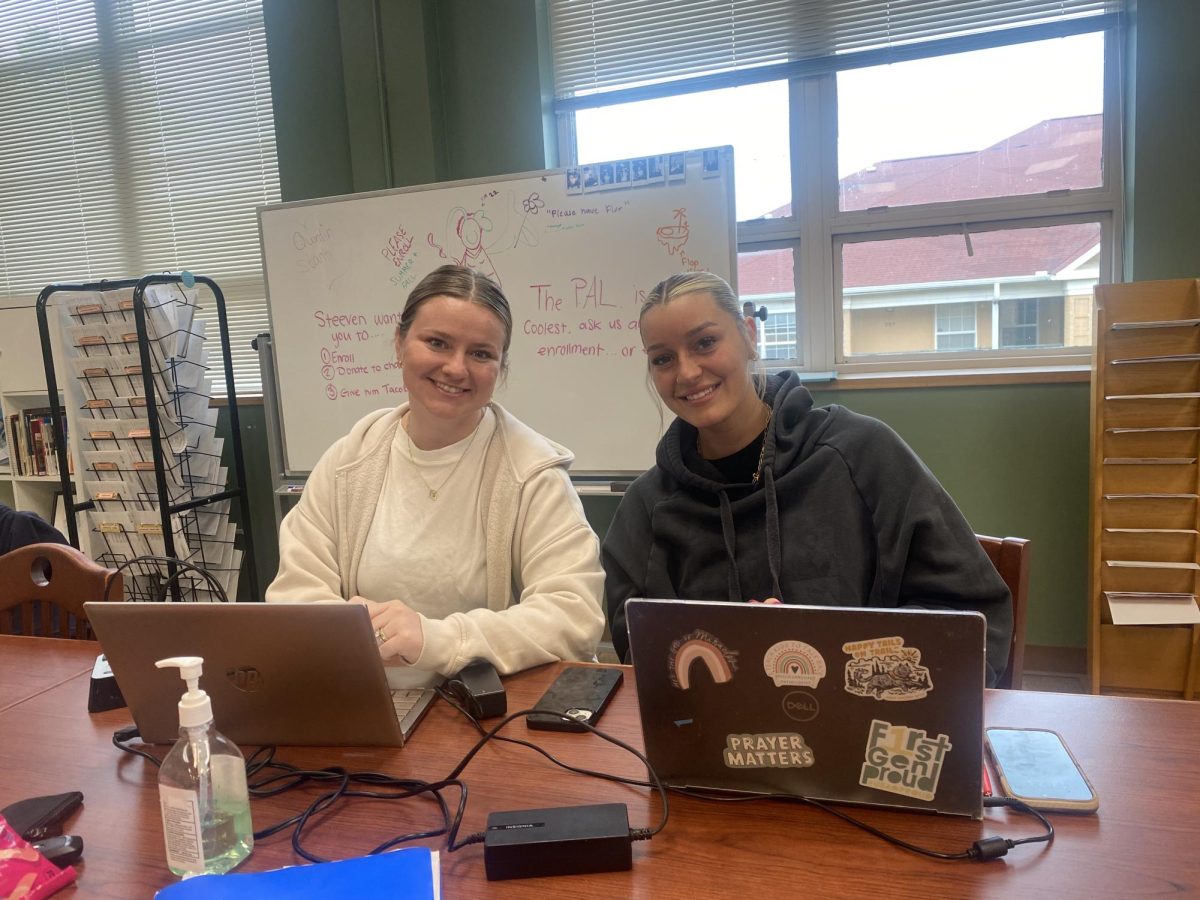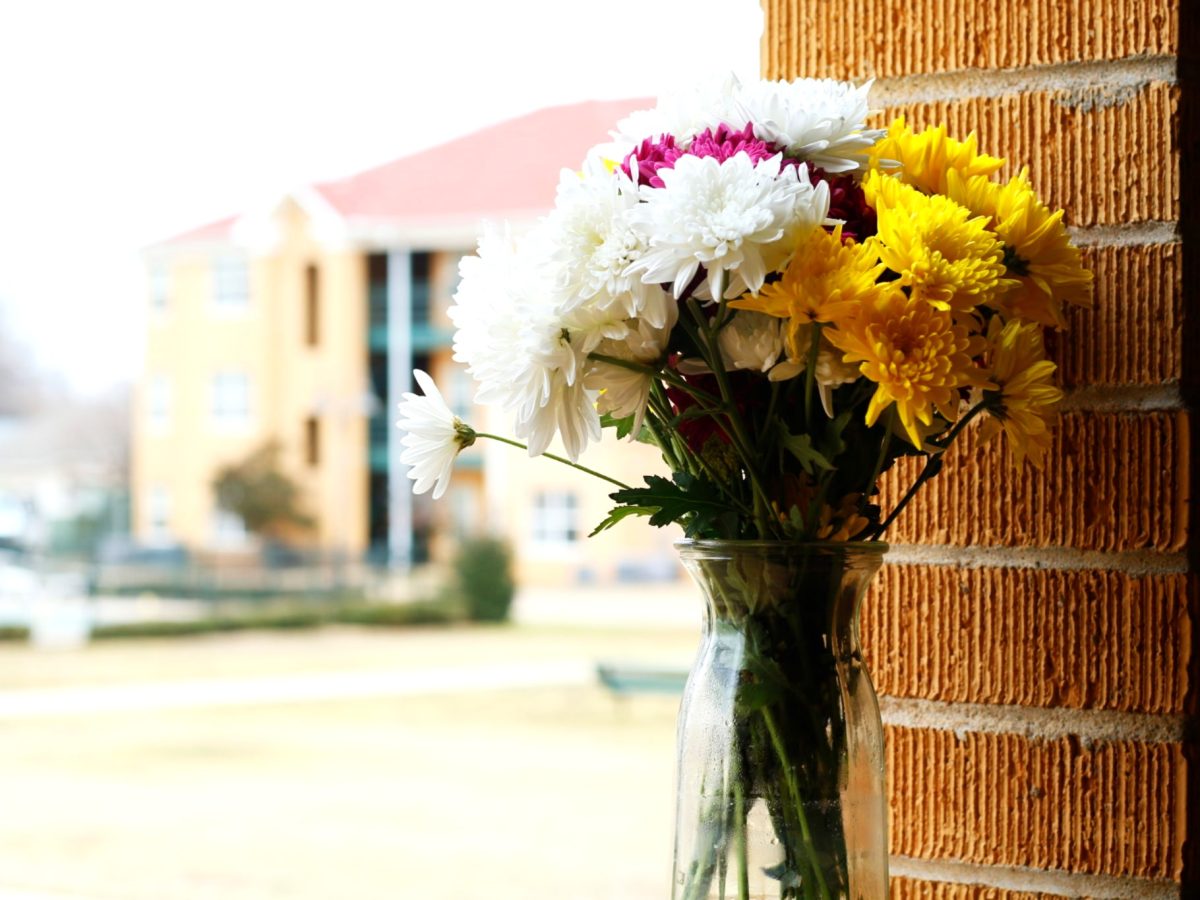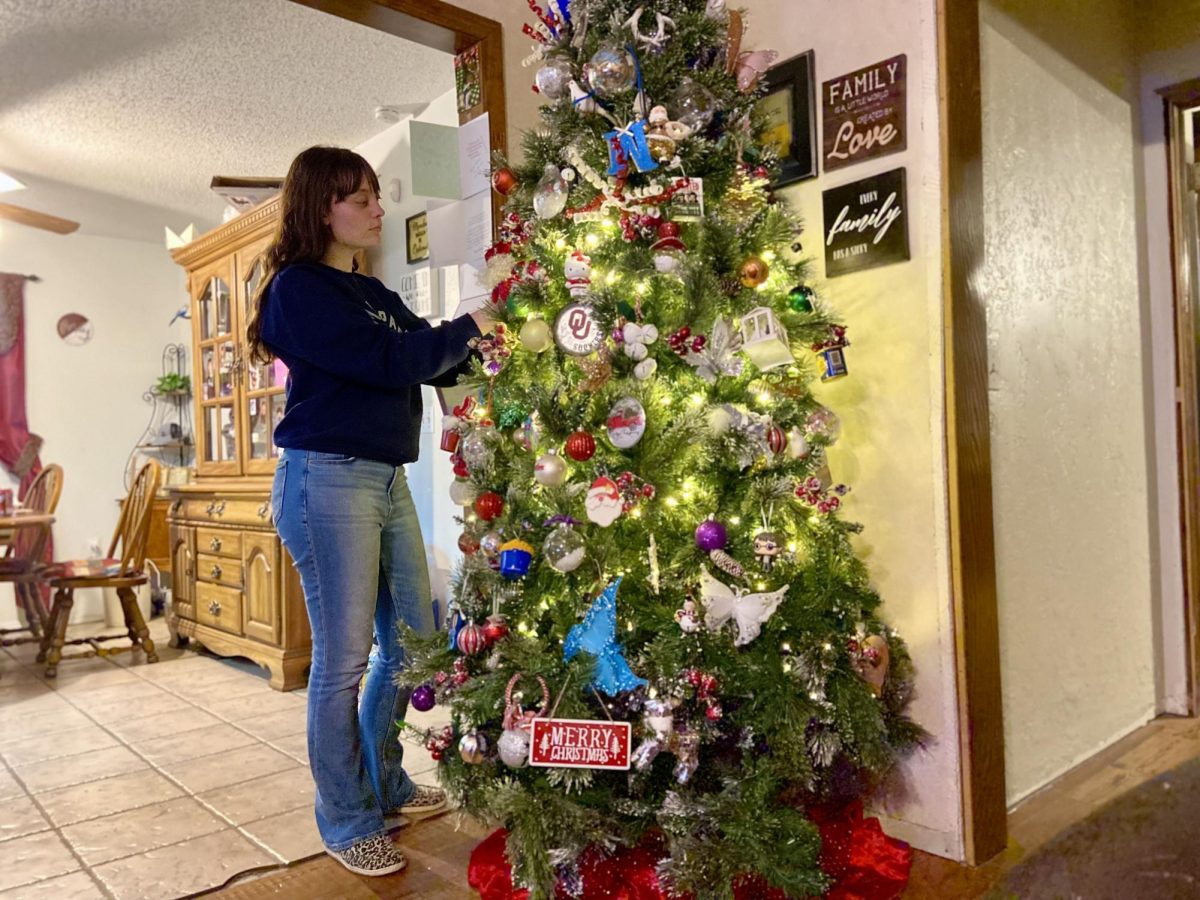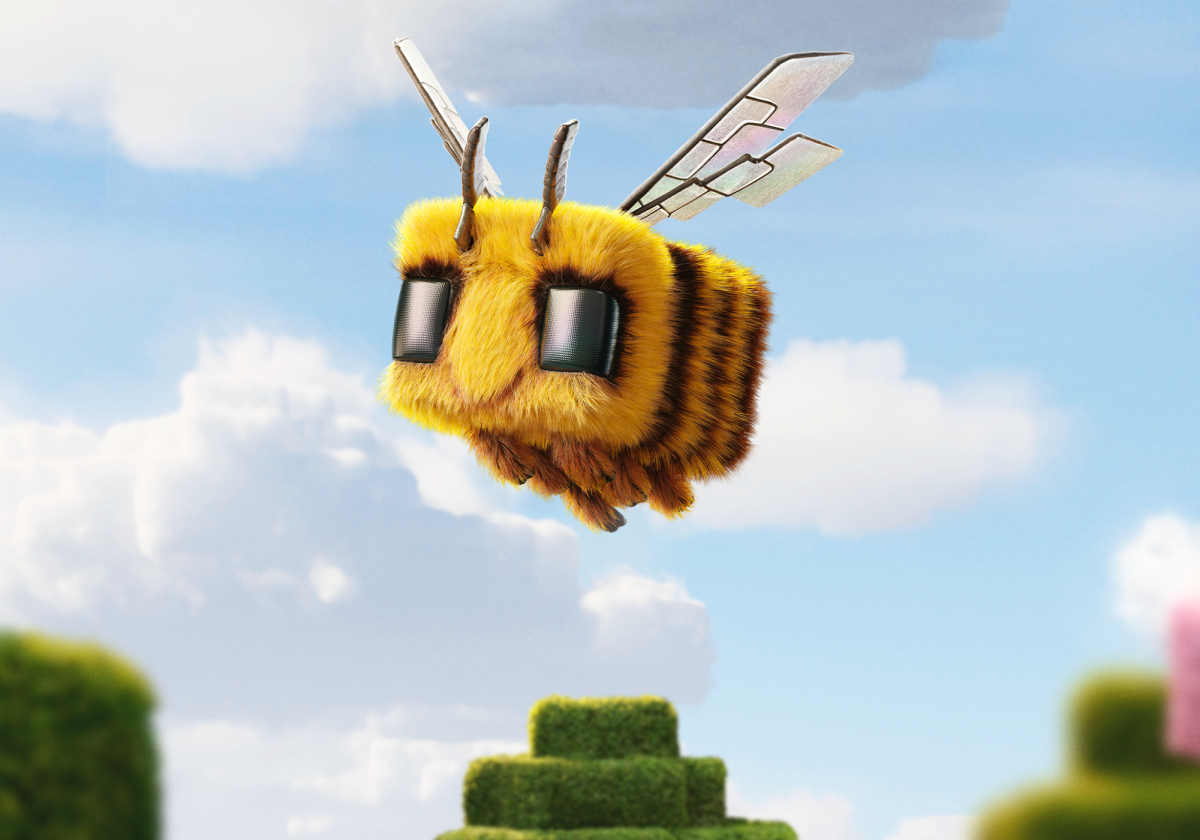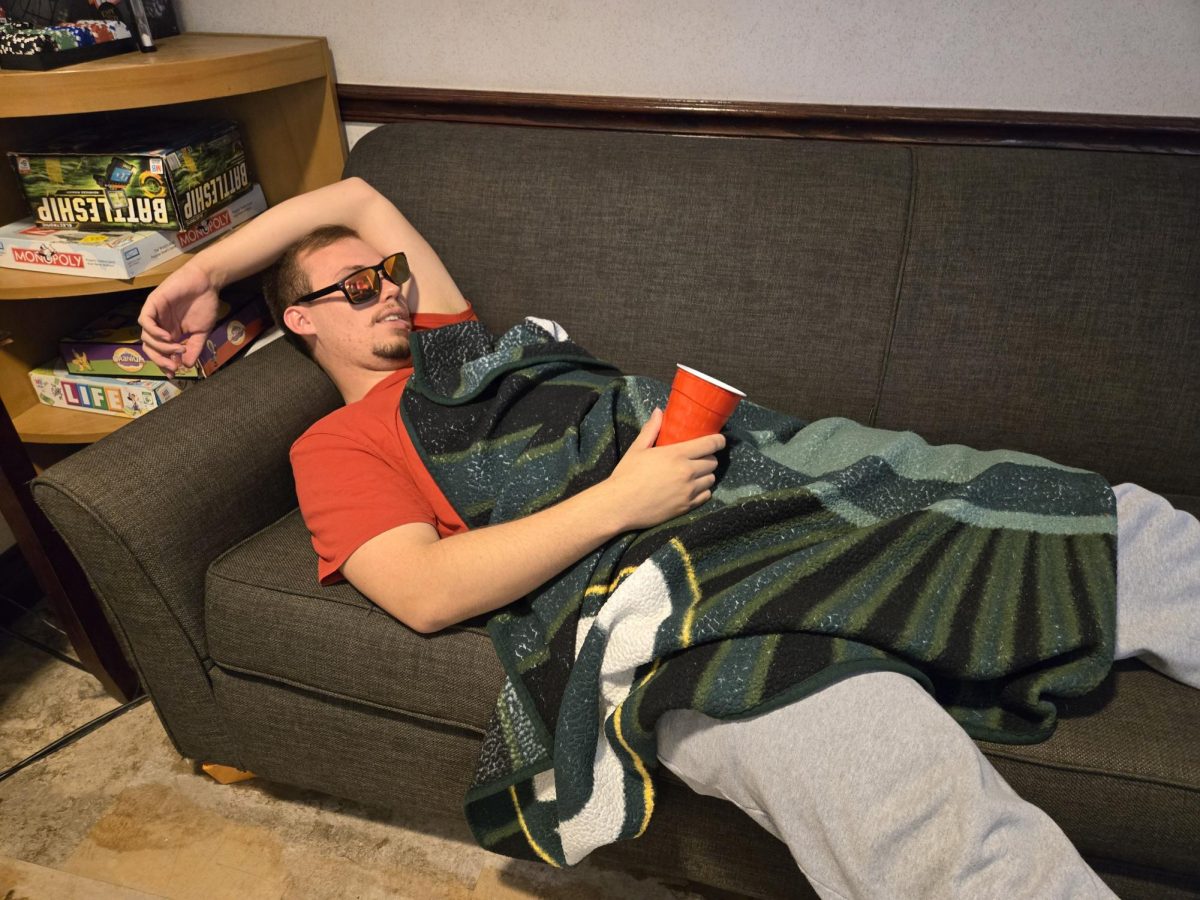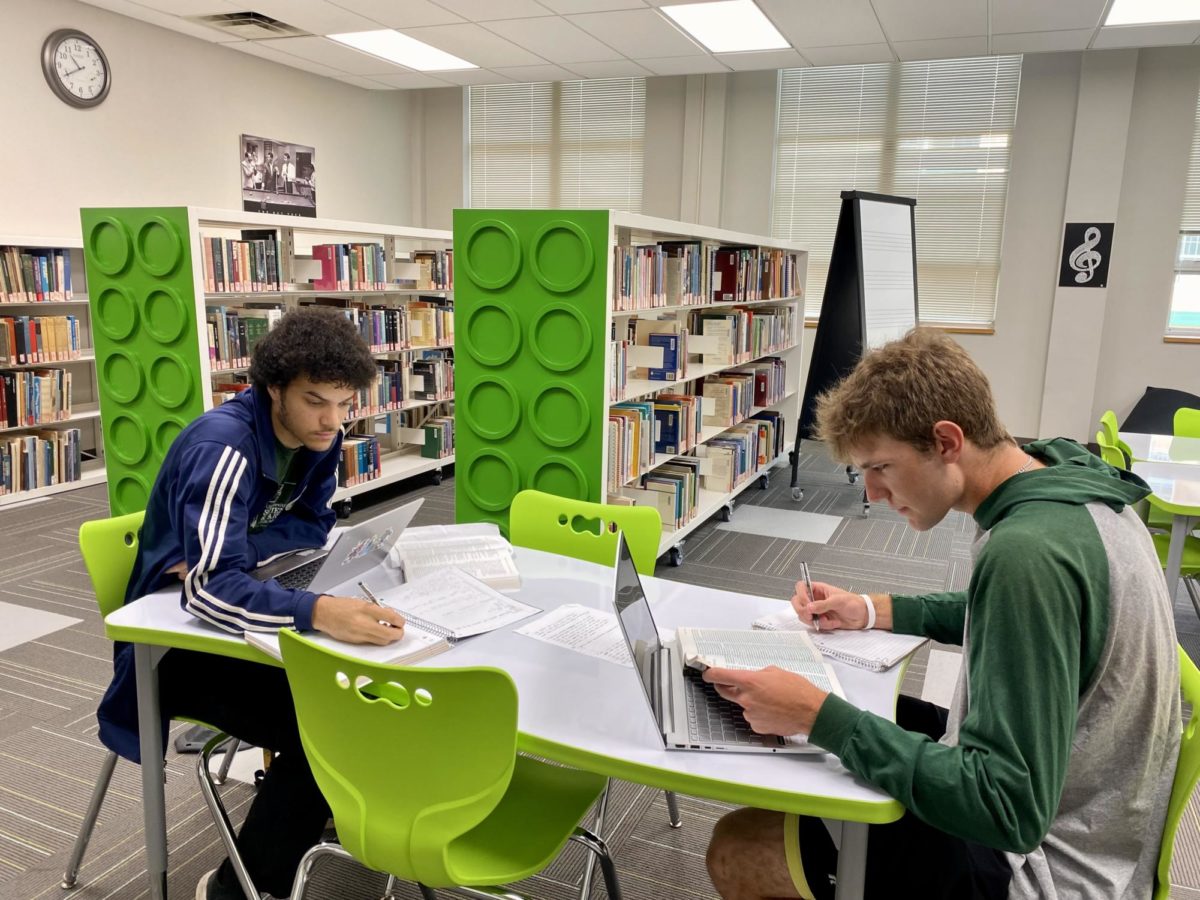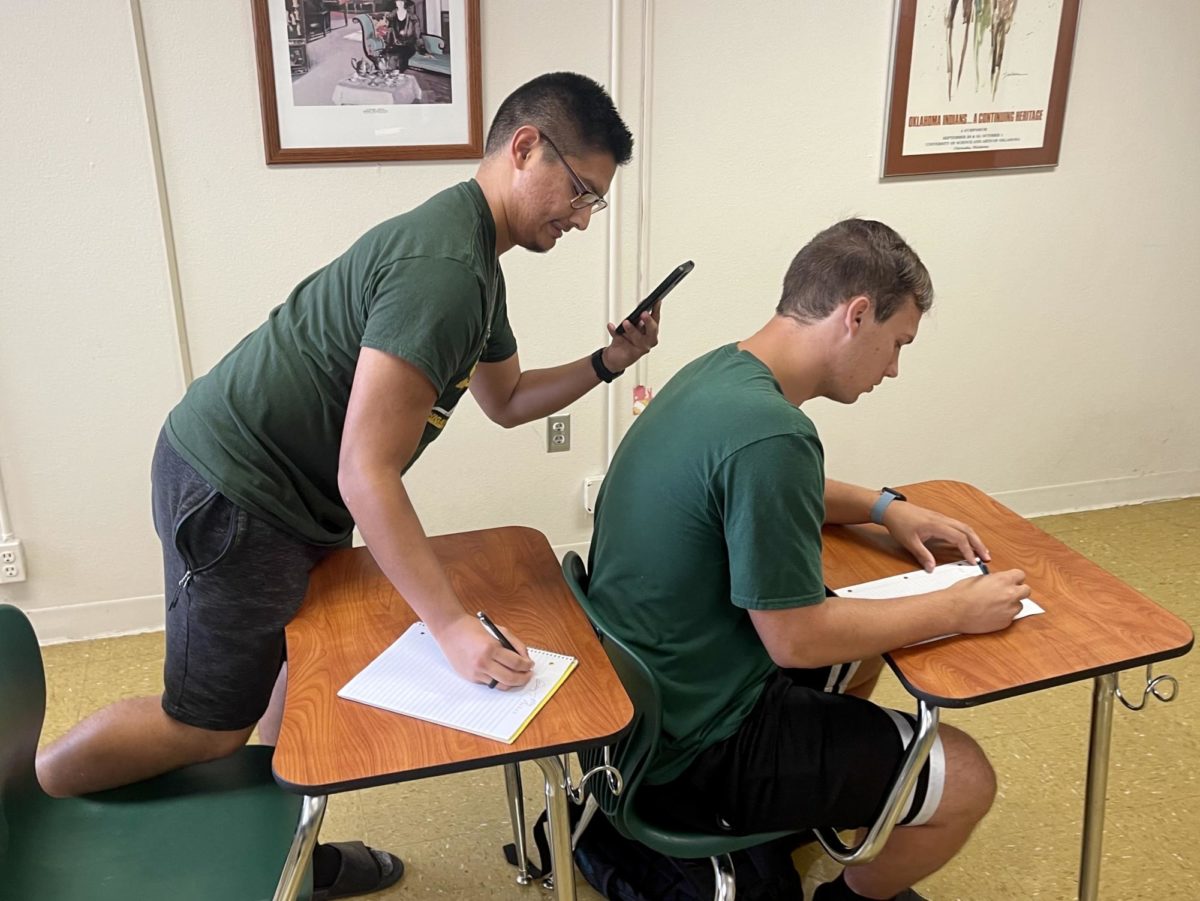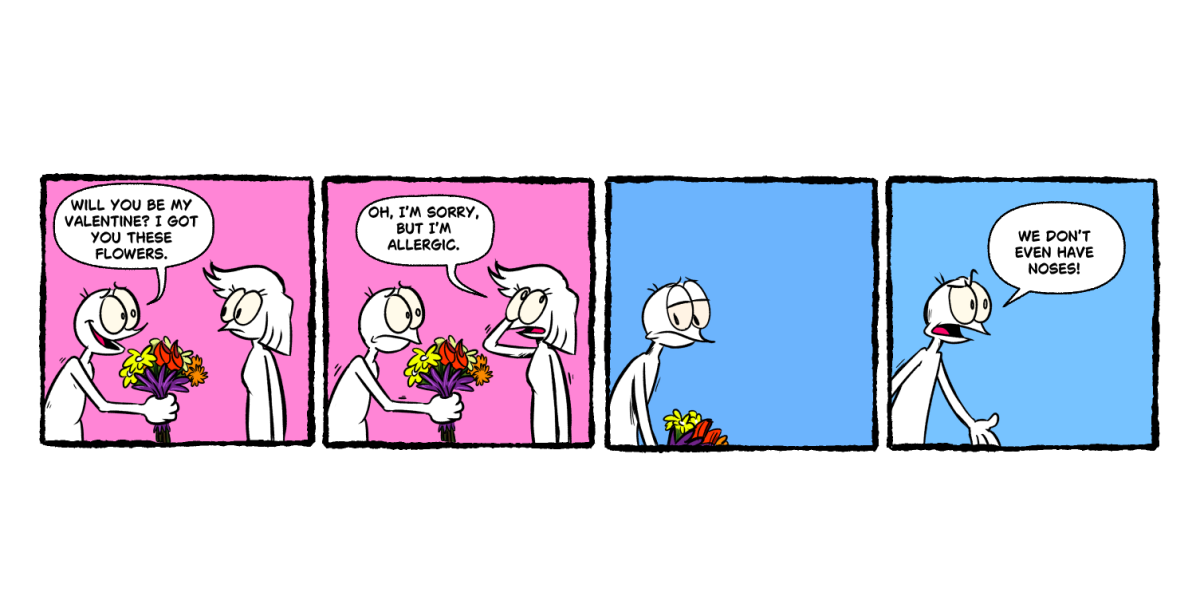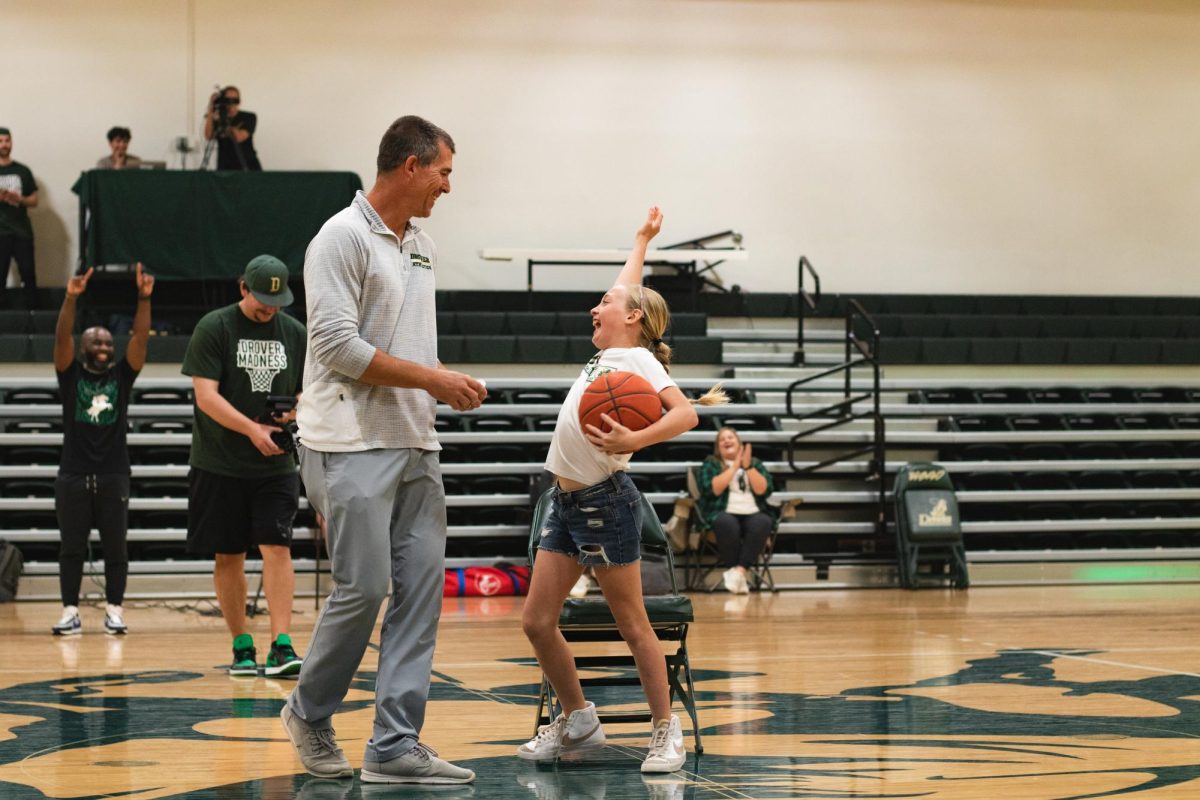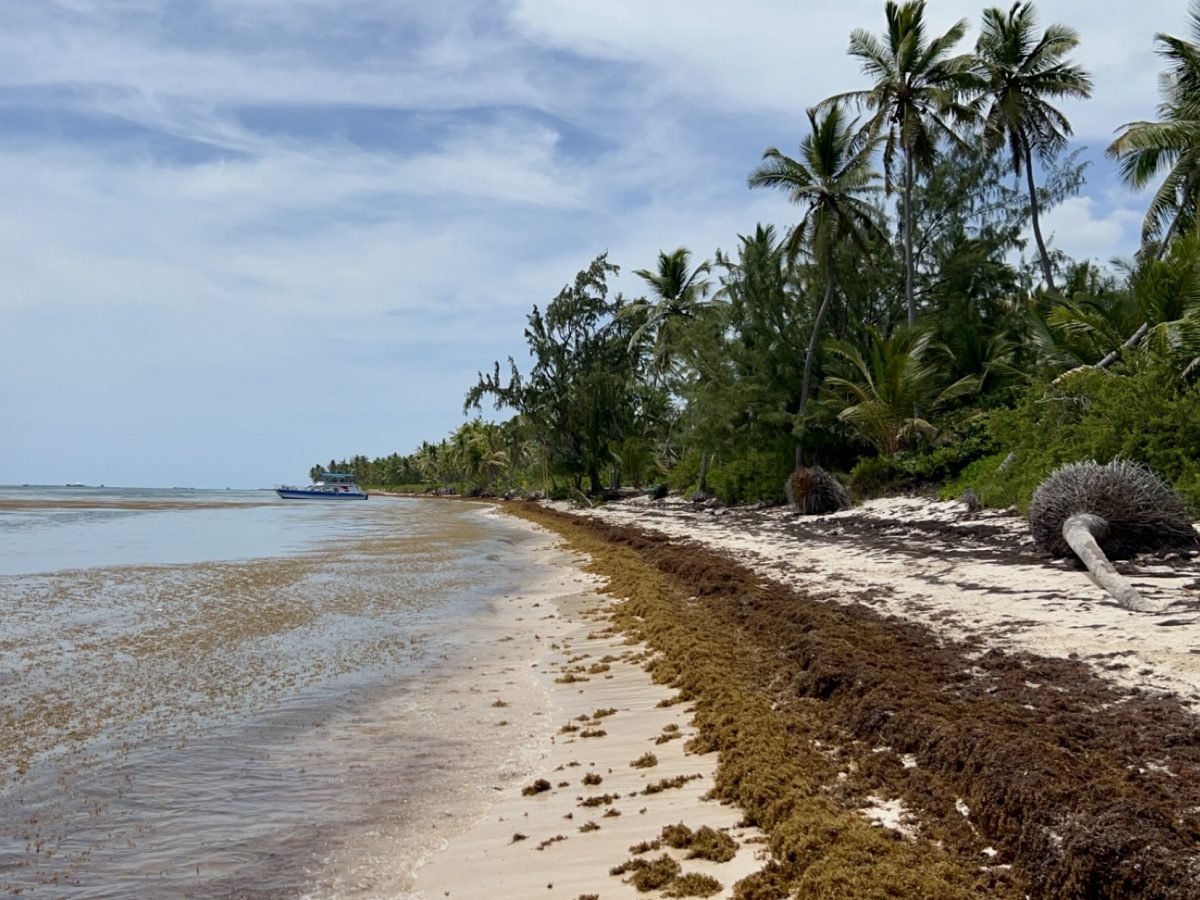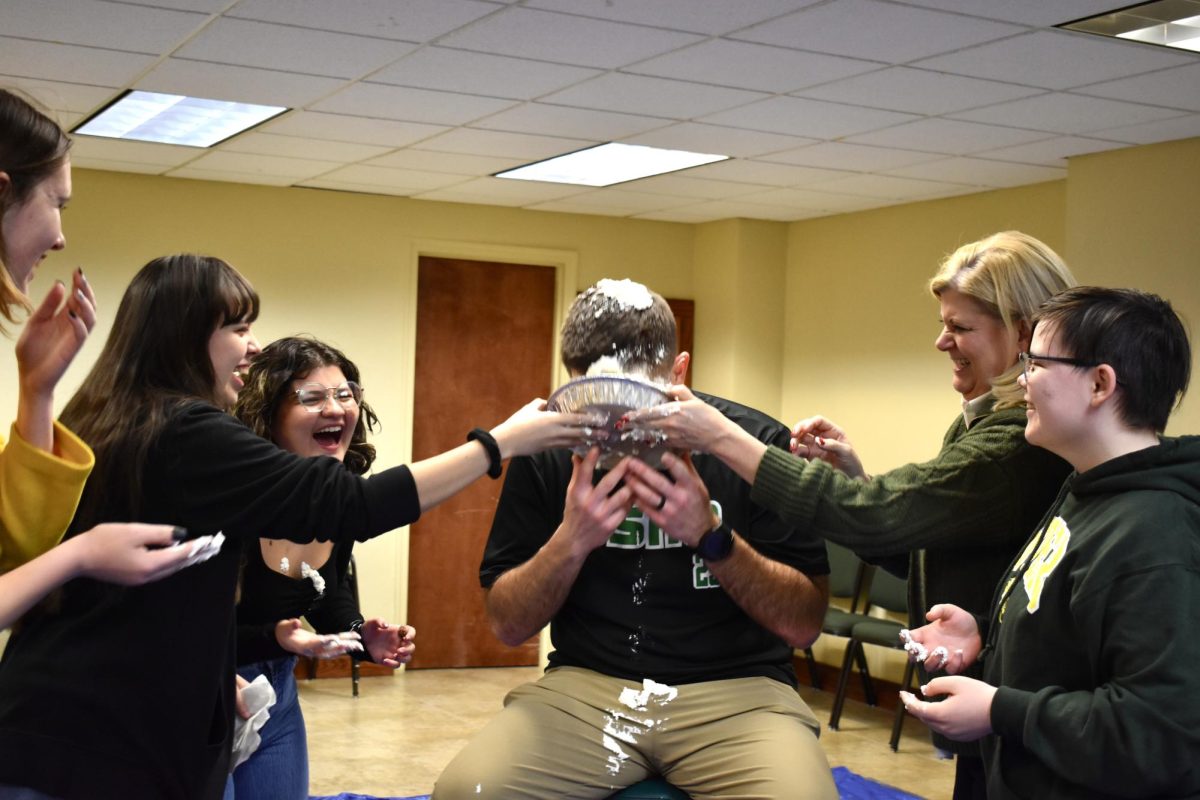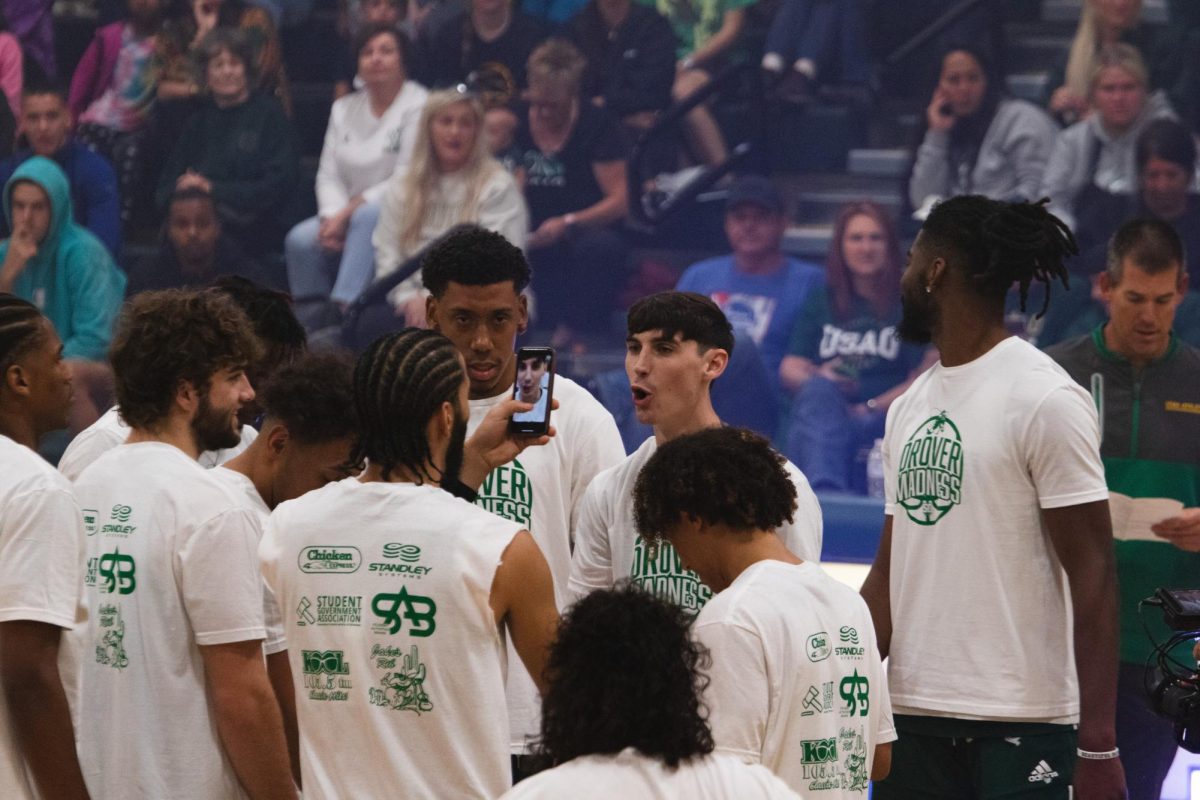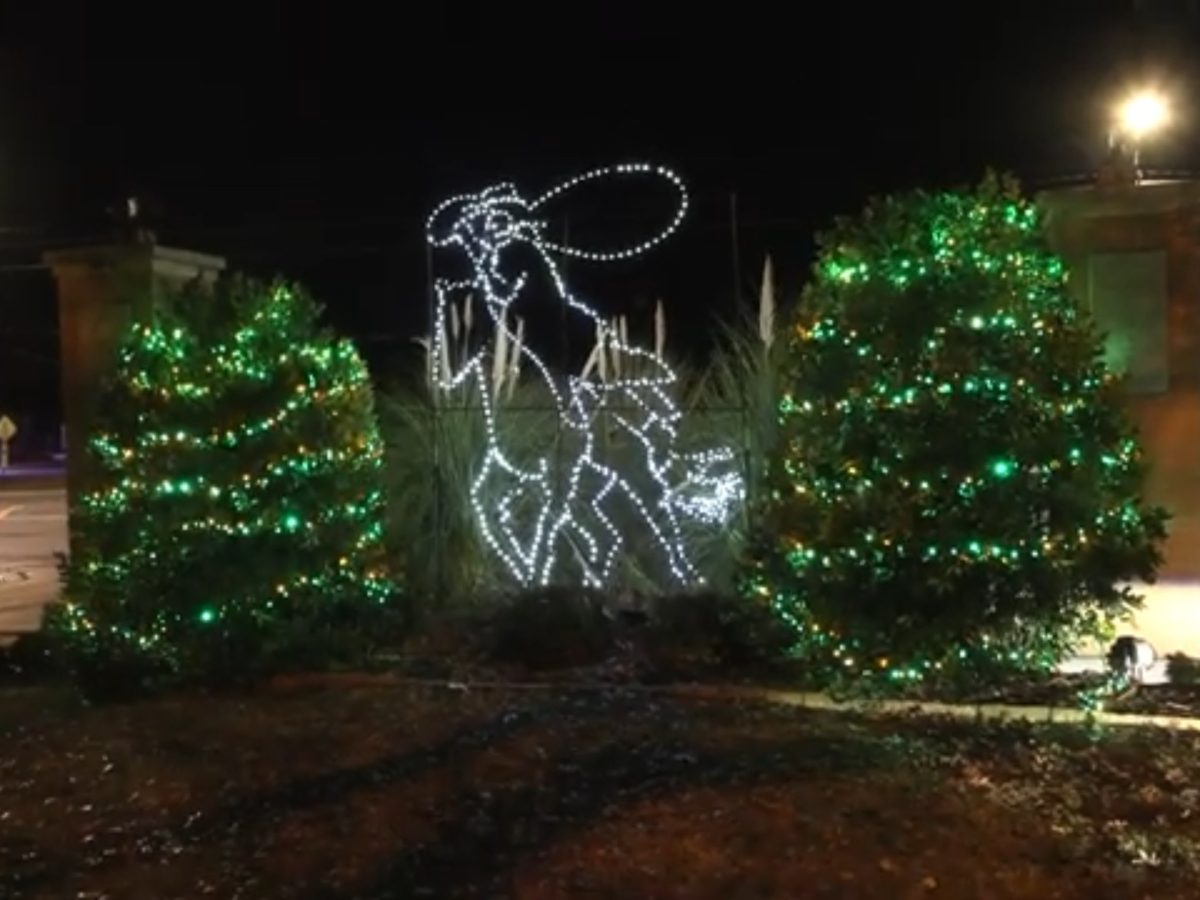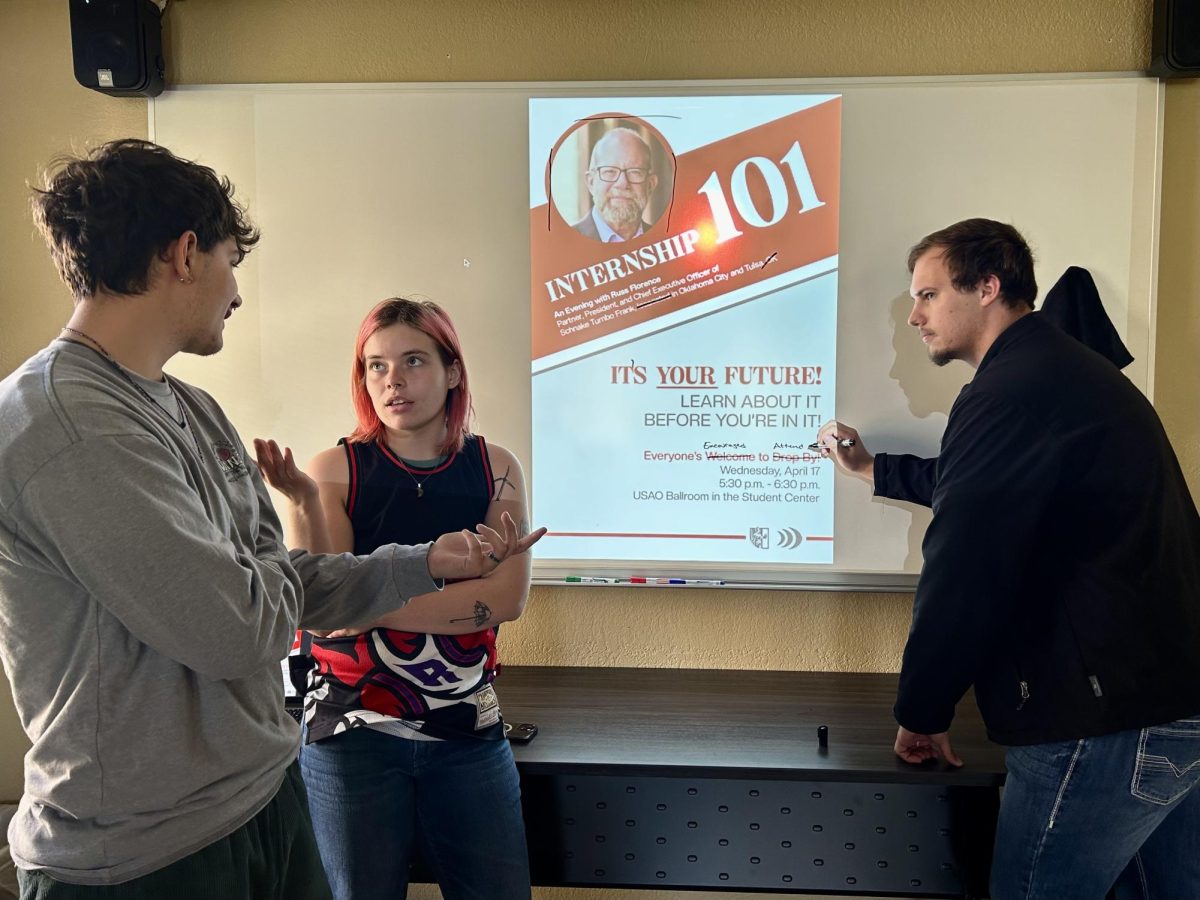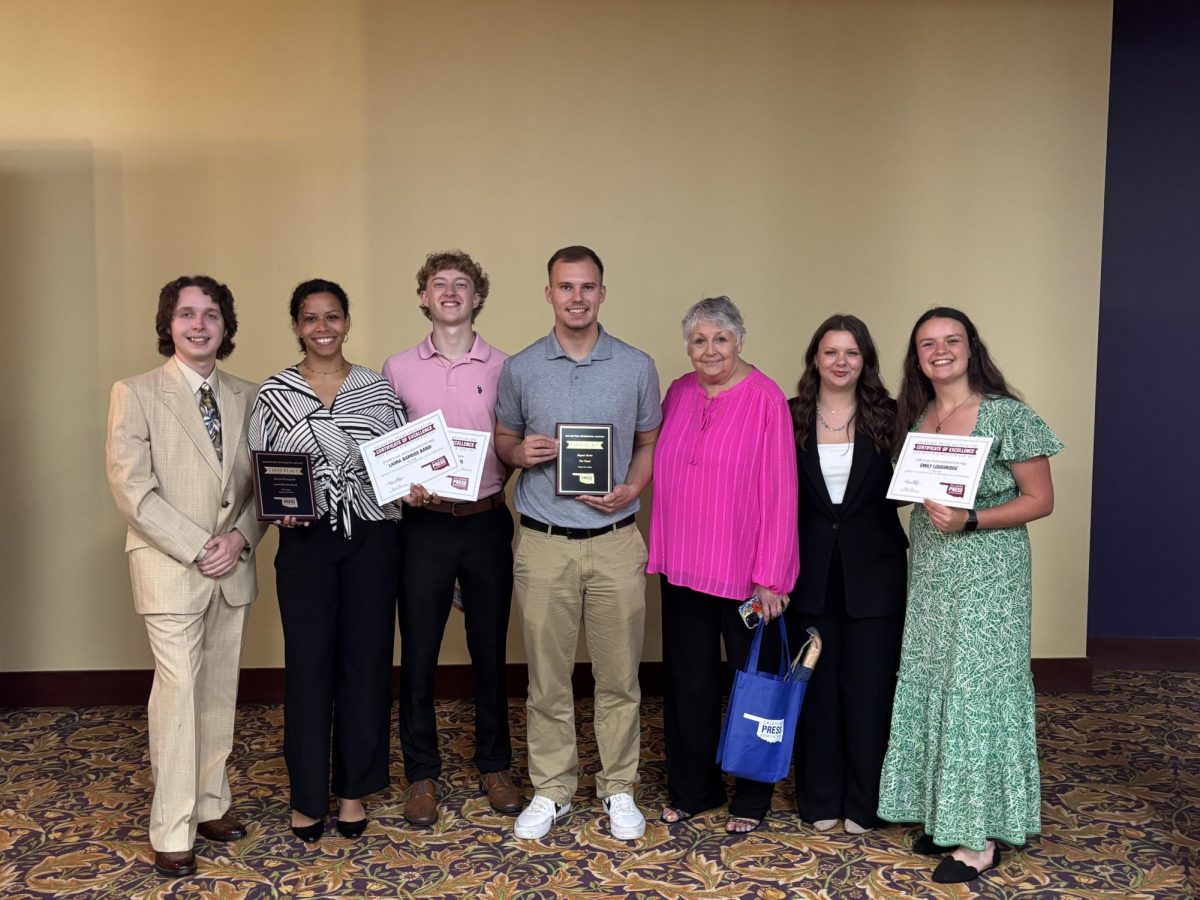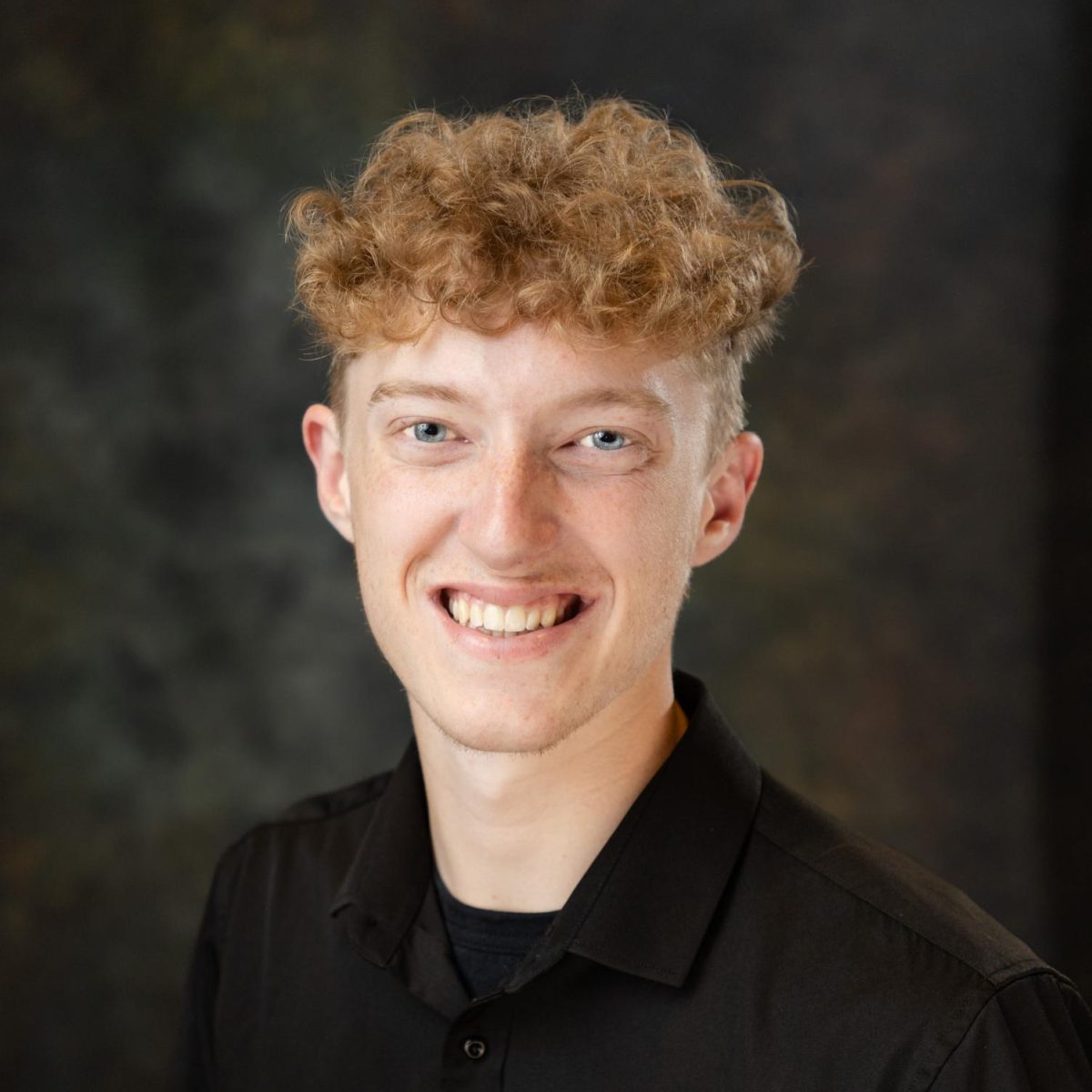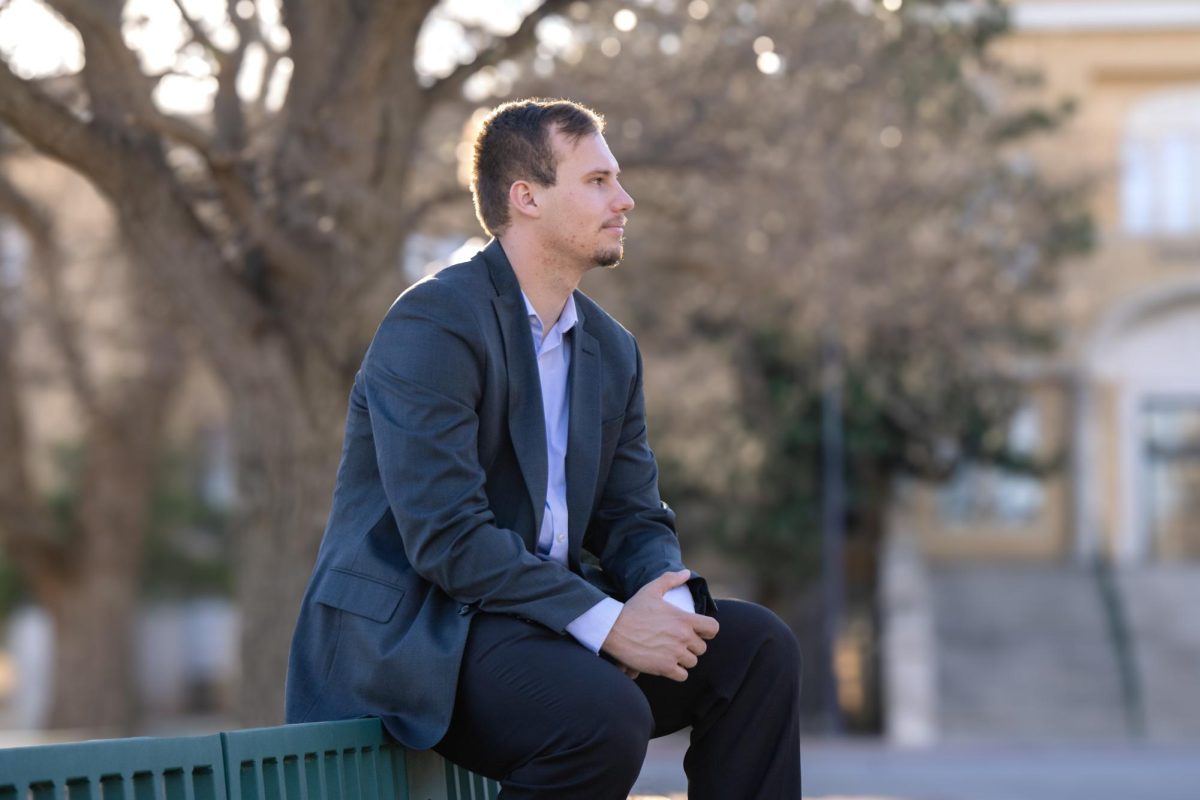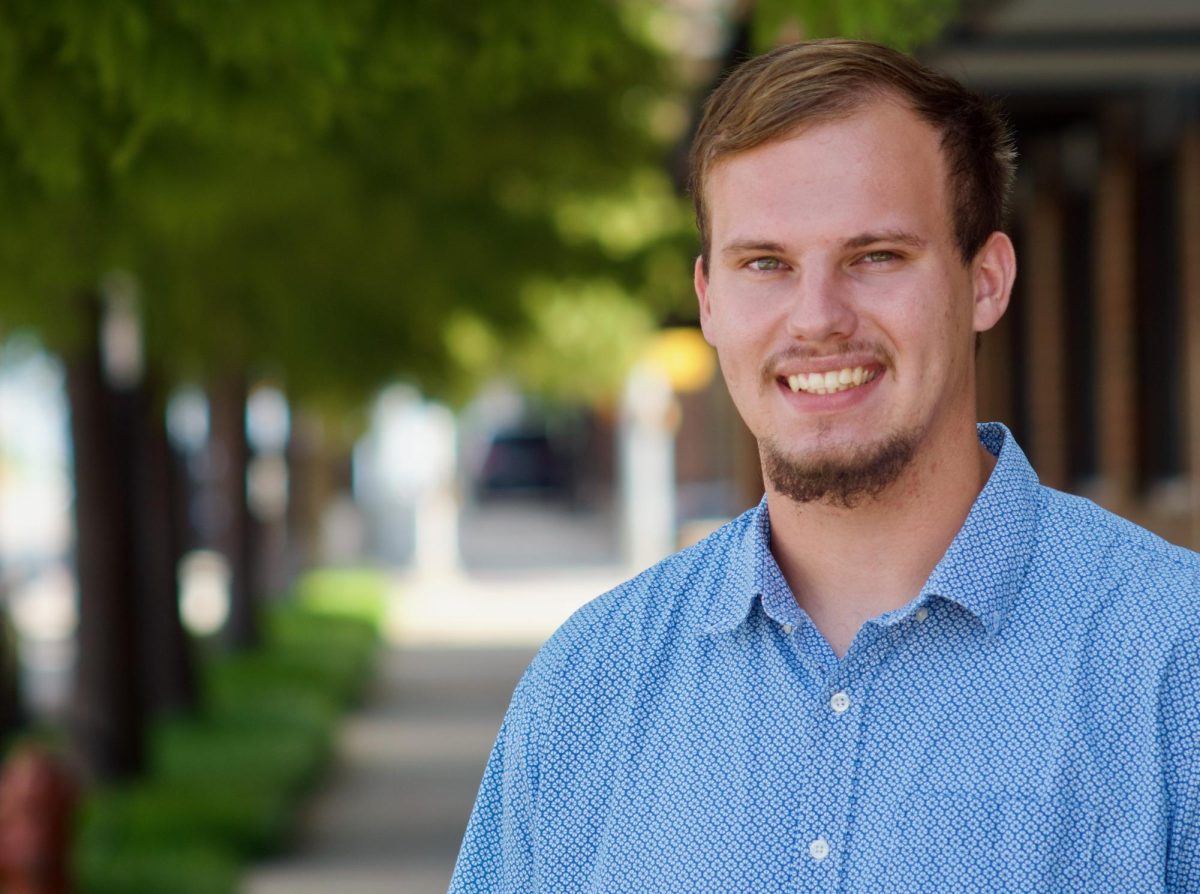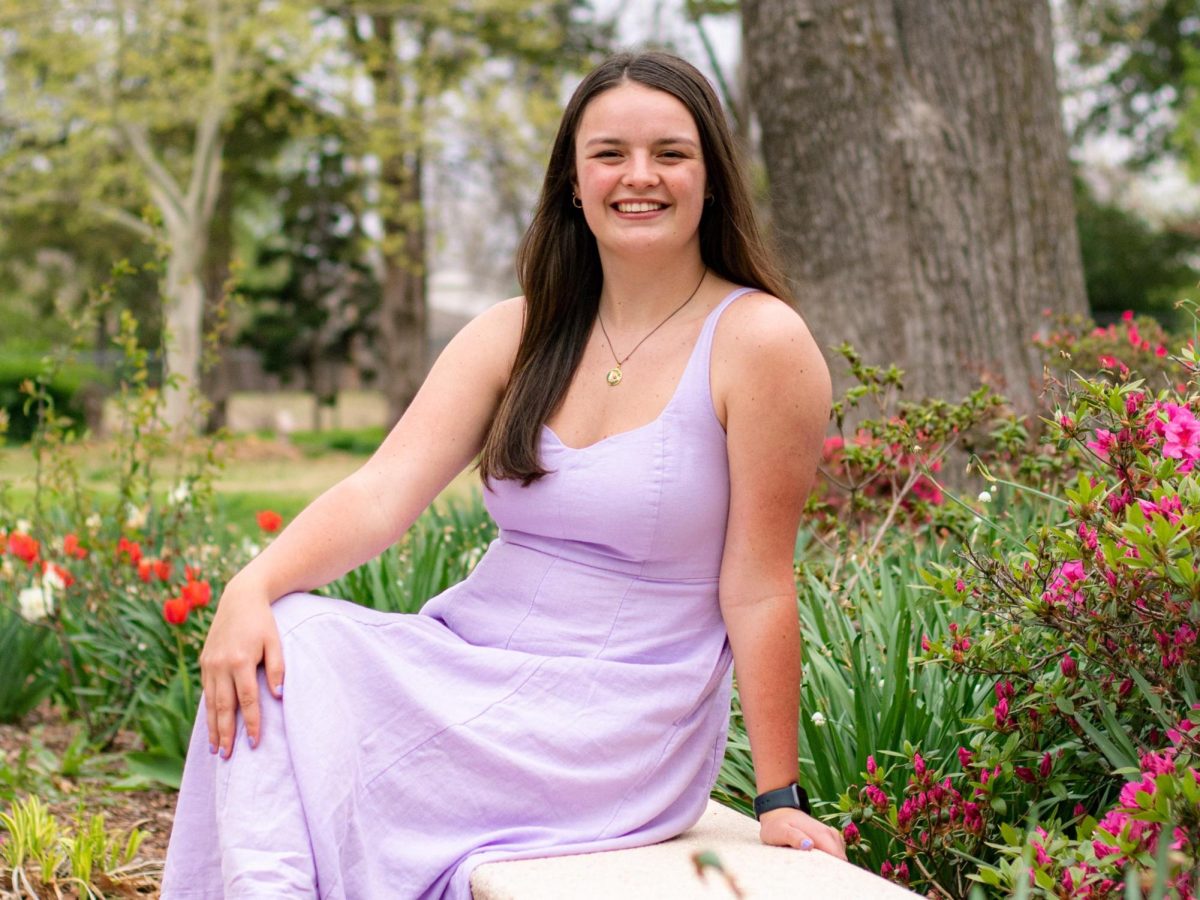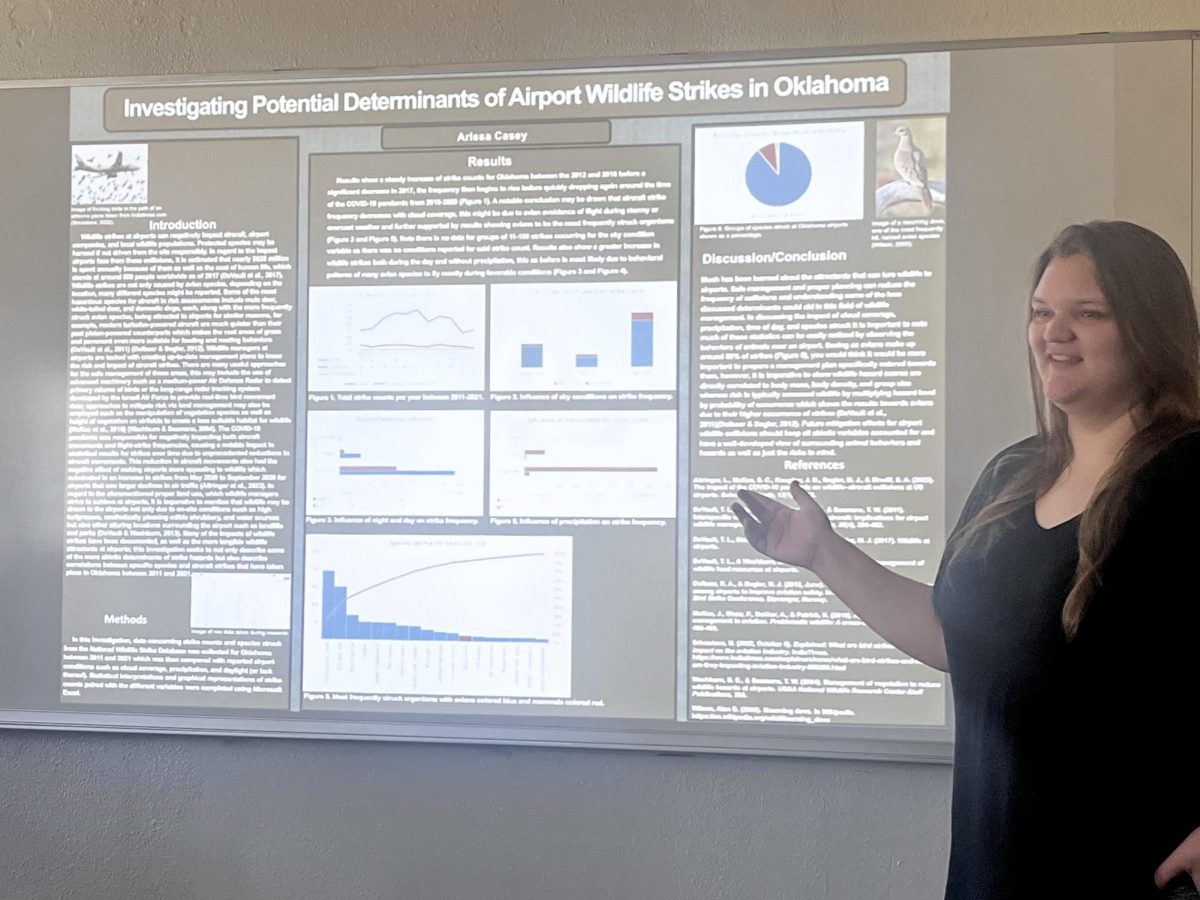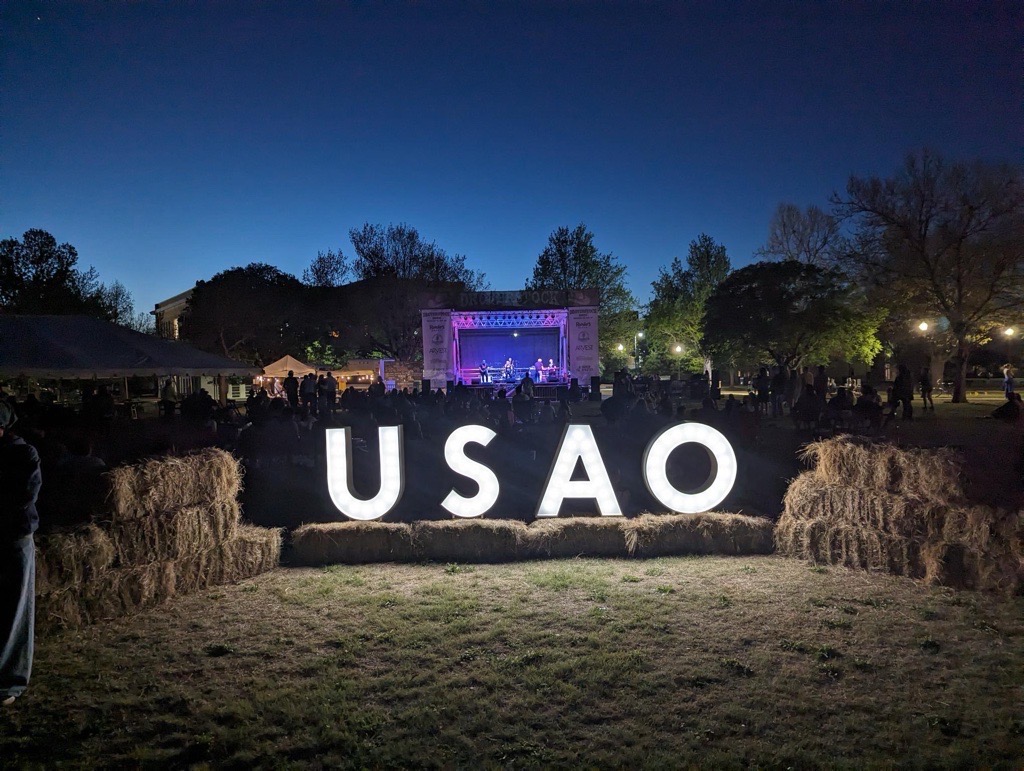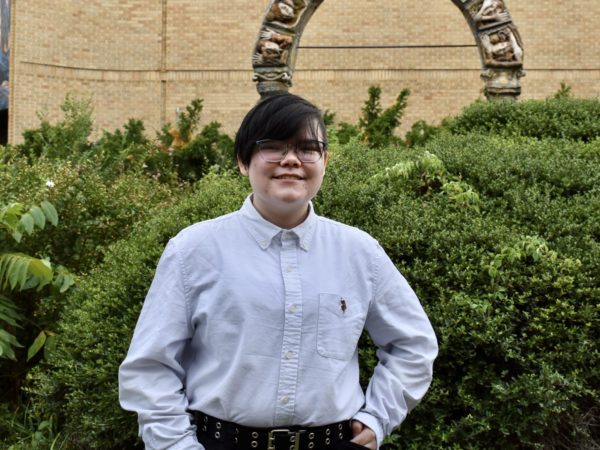USAO will host the Oklahoma Academy of Science (OAS) Technical Meeting in Austin Hall Friday, Nov. 10. Troutt Hall and the Drover Fieldhouse will have the posters of research curated by students from universities around Oklahoma in the afternoon. This year is the 20-year anniversary of when USAO last hosted the OAS conference in 2003, and this year is the largest conference in over two decades.
The OAS conference presents graduate and undergraduate research conducted by students from Oklahoma universities. The research is done within STEM fields, including fields such as biology, physical sciences, mathematics, engineering, social sciences, and many more. Dr. Rachel Jones, dean of the School of Science and Physical Education, and Dr. Jason Shaw, professor of biology, spearheaded the conference returning to USAO this year.
“Dr. Shaw and I have both been heavily involved in OAS in the past. We have both served as chair for the biology sections in the past, so we go to the executive committee meeting every year before the technical meeting, and [it was] about two years ago that Dr. Shaw and I were chatting, and we realized that USAO hasn’t hosted the conference since 2003,” Dr. Jones said. “We made the pitch to the President, Dr. Adam Ryburn, that, in the near future, we would love to have the conference come back to USAO, and we’re very excited that this is slated to be the largest conference for OAS in over two decades.”
Three USAO students will be presenting research they have conducted during their time at USAO: Arissa Casey, a fourth year environmental science major, Caleb Smith, a fifth year biology major, and Ethan Korn, a fourth year biology and environmental science major.
Casey’s research, titled “Investigating Potential Determinants of Airport Wildlife Strikes in Oklahoma,” is about animal strikes with aircraft. Every airport is required to report all the wildlife they hit with their aircraft. While birds are the most common wildlife hit, many other wildlife get hit as well. Casey looked at the data provided by airports in Oklahoma and looked at what factors influence wildlife strikes and what wildlife gets hit the most often.
Having an interest in wildlife conservation and land management, Casey shadowed a wildlife control specialist, Darby Albrecht, who is also a former USAO student, at the Tulsa International Airport. Casey said Albrecht’s research interested her and she wanted to learn more. Casey got to see Albrecht’s work at the airport, and see what species are present around the airport, as well as how the environment around airports affects the number of wildlife strikes that occur.
“We would go around the airport itself and track the species that we saw, and we went to other locations outside of the airport, because things like landfills and parks can influence the amount of strikes that you have. I know for Tulsa, there’s a landfill not too far away, and whenever we went to the landfill, we saw a massive group of different types of birds hovering over, which they tend to eat carrion and things like that from the landfills. I remember she said something about the wind, how it’s easier to fly over airports because there’s an updraft,” Casey said.
Smith’s research, titled “Determining Lactic Acid Thresholds Between Different Athletic Types with the Correlation Between Body Fat, Heart Rate, and Blood Oxygen Levels,” is about the influence of exercise and the production of lactic acid. As someone works out, lactic acid is produced, and it’s responsible for making someone sore, but helps them regain energy so they can work out again after some time. Smith, and former USAO student Martin Velasco, had 17 athletes of various training styles work out and compare lactic acid production. Smith said they wanted to know if an athlete’s method of training, such as strength or endurance training, affected their lactic acid production.
In the athlete’s gym, there is a device that measures the amount of lactate in the blood via a finger prick, as well as other devices that measure body fat, heart rate, and blood pressure. While conducting their research, Smith and Velasco measured the body fat and blood pressure of the athletes and then had them workout and compare their heart rate and lactic acid levels pre workout and post workout.
“We had an endurance style workout with more running and body movements, and then we had a strength style workout so we could compare the different styles of work outs on different styles of athletes,” Smith said. “For each workout, there were three rounds of movements that we did, and then we had a 15-minute rest to see how each of those individuals are recovered over 15-minutes.”
Korn’s research, titled “Effects on Herpetofauna Population by Traffic of Survey Location,” is about how amphibians and reptiles differed in locations of high traffic and of low traffic.
Korn looked at two locations, Taylor Lake, located in Rush Springs, and the USAO Habitat Area Pond. Korn used catch-and-release traps for turtles and audio loggers for frog calls to determine the species and how many of the species are present at both locations.
Casey will have a poster presentation, poster 75, in the environmental science section. Smith will have a poster presentation, poster 81, in the biomedical sciences section. Korn will have an oral presentation in the applied ecology and conservation section in Austin Hall 107 at 9:45 a.m. until 10:00 a.m.
Luka Messick is a first-year physics major at the Univeristy of Science and Arts of Oklahoma.


